minard734
Well-known member
WOAH! These are some good finds. Best yet. D. granti? JEALOUSY!

Thanks. I didn't expect any ant to perform nuptial flight this late into the season so it was a bonus to witness the swarm. The earliest i have ever been in Tucson area was May, and all the mantids were in their early stages. So April was too early, but I didn't see any snake this time.Great trip, story and photos! Thanks for sharing.
I expected to see armadillos in Texas when I was there last October but never found any! And I looked... (My avatar is a photo of me petting an armadillo when I was in Florida last January. Most of them ran away, but that one would push at our shoes when we got in its way.)
Those ants flying were bizarre. I was in Arizona for three weeks in April but couldn't find any mantids. I guess it was the wrong time of year or else they were too small. I hardly found any insects except for some grasshoppers (not as colorful as the ones you found). I did almost step on a rattlesnake...twice...when I was photographing Saguaro cactus.
Yes it was a nice pair of Dynastes granti. Again never thought they come out this late in the season.I hope to post more pics when time permit.WOAH! These are some good finds. Best yet. D. granti? JEALOUSY!
I would run away and hide if i am a mantisI wonder if the mantises living in the area know of your yearly visits to Arizona and carve writings in the soil of the return of the great yen for future generations and wait for u and hope to be seen by u
I would do that if I were a mantis
Anyways do the mantises u catch from the wild seem to need a period of time to transition to captive life? just curious
Keep posting pics!!!
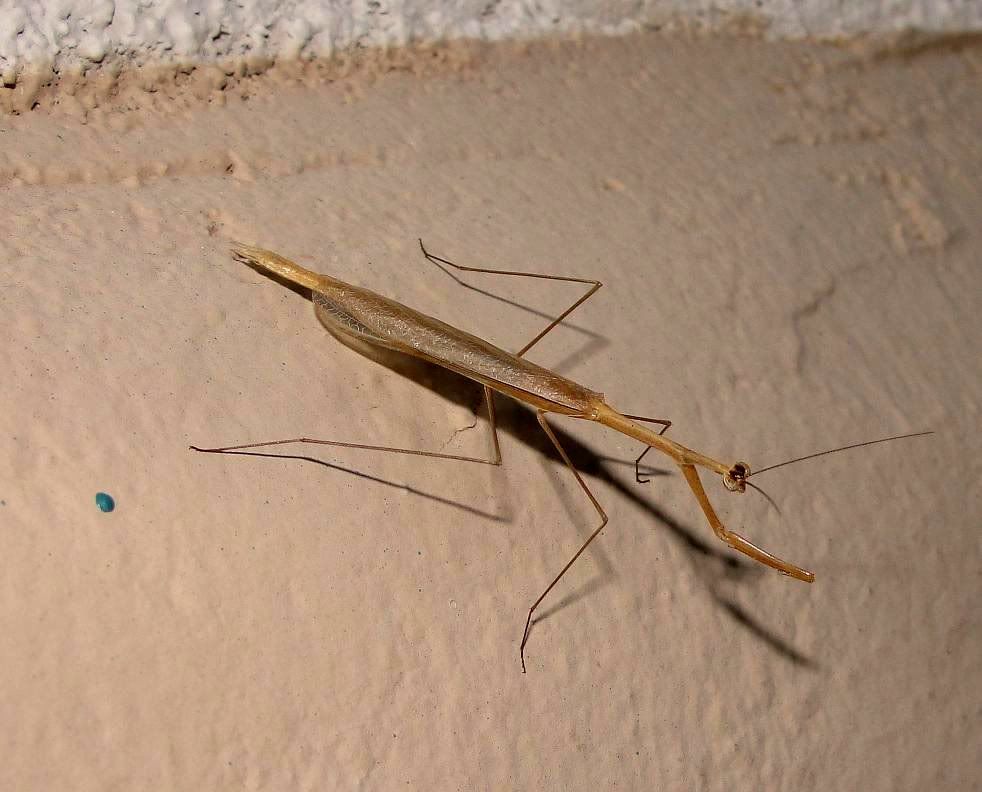
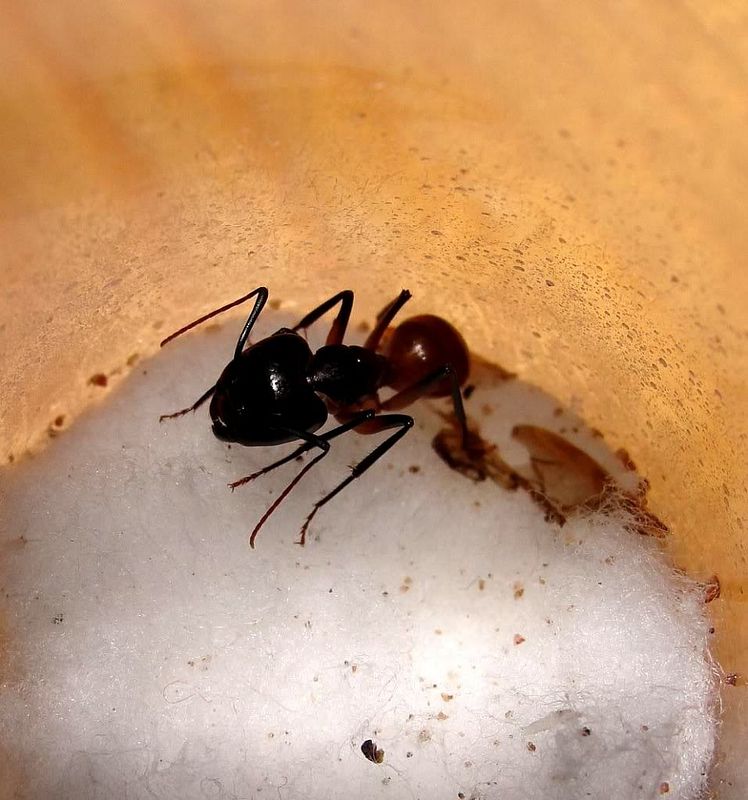
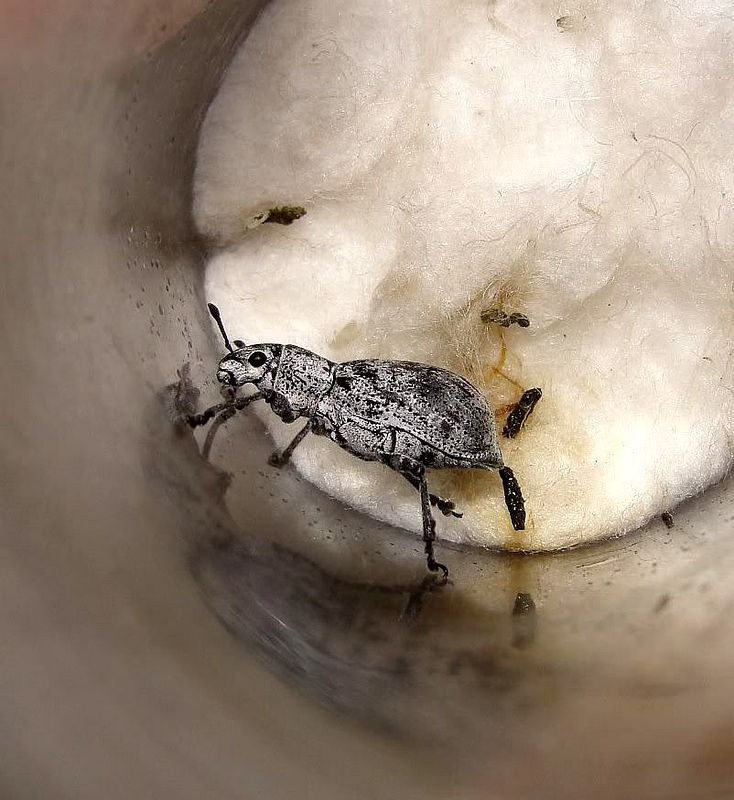

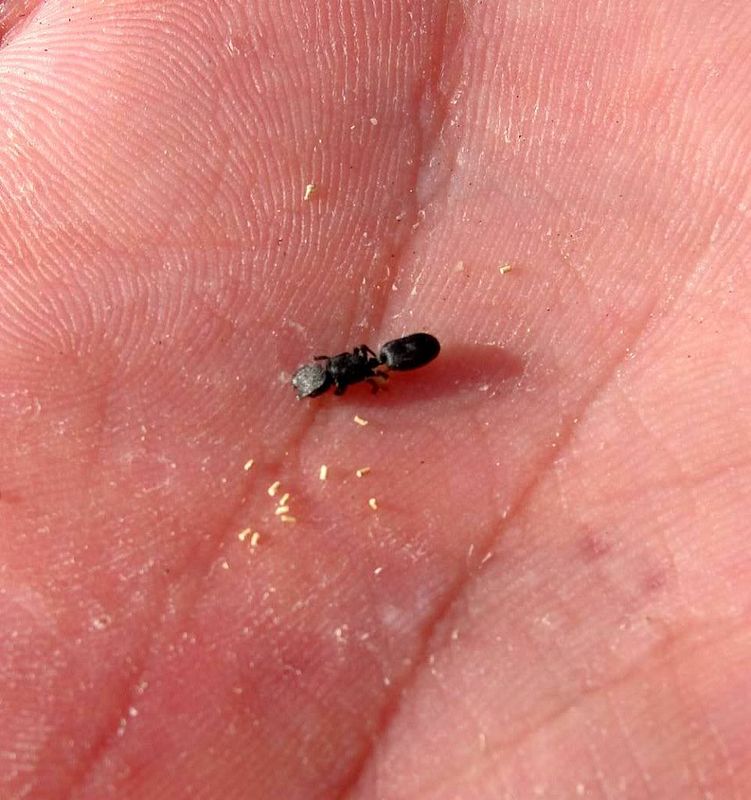

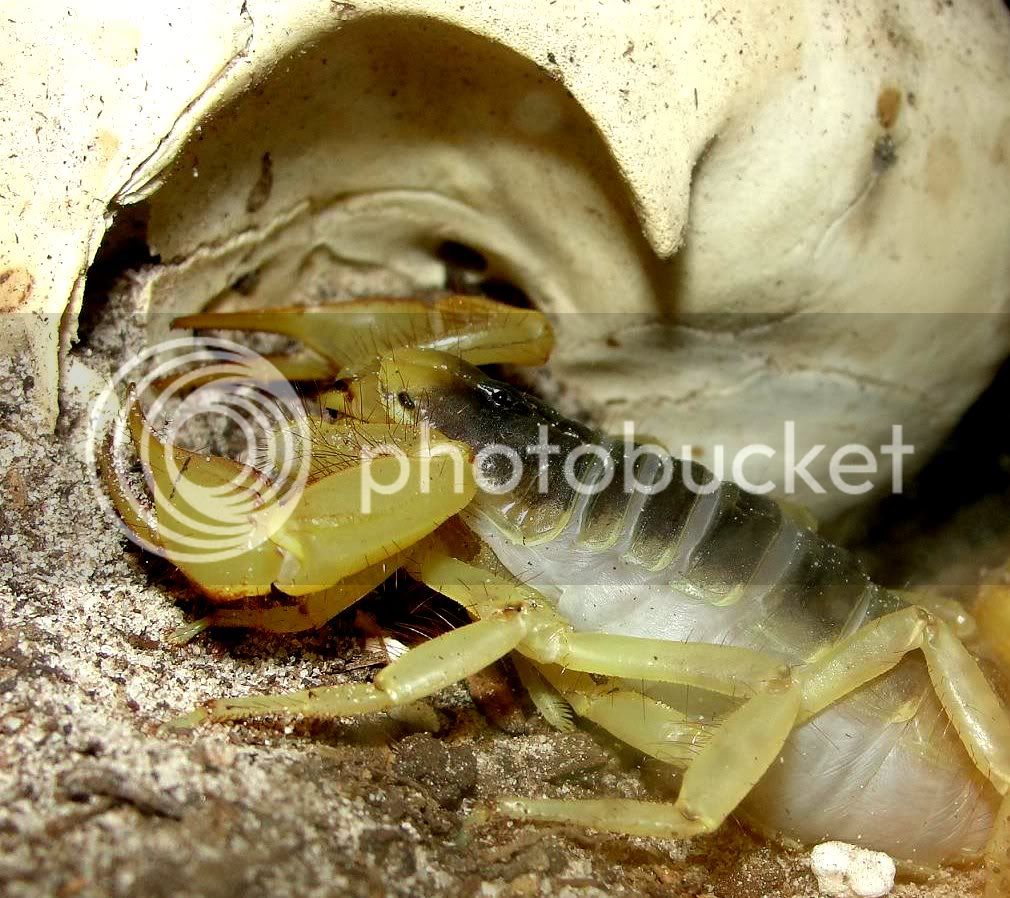
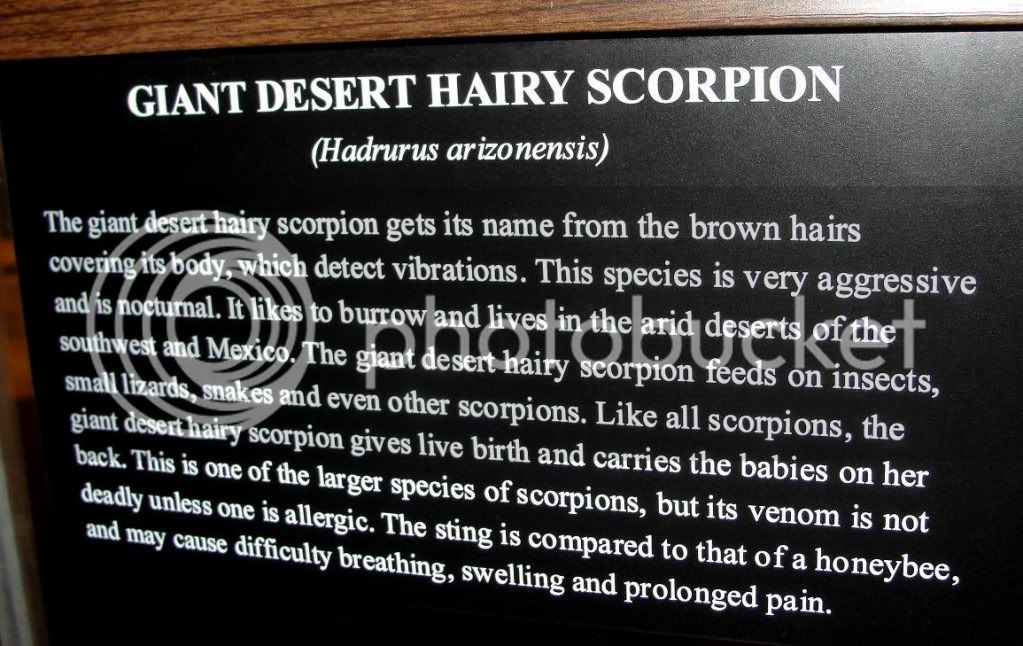
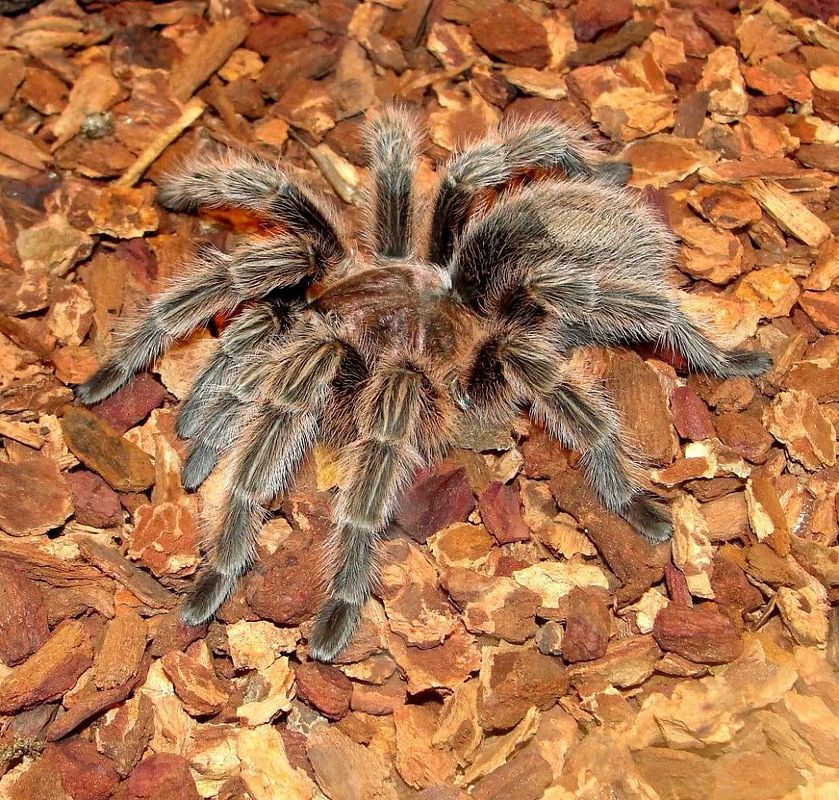
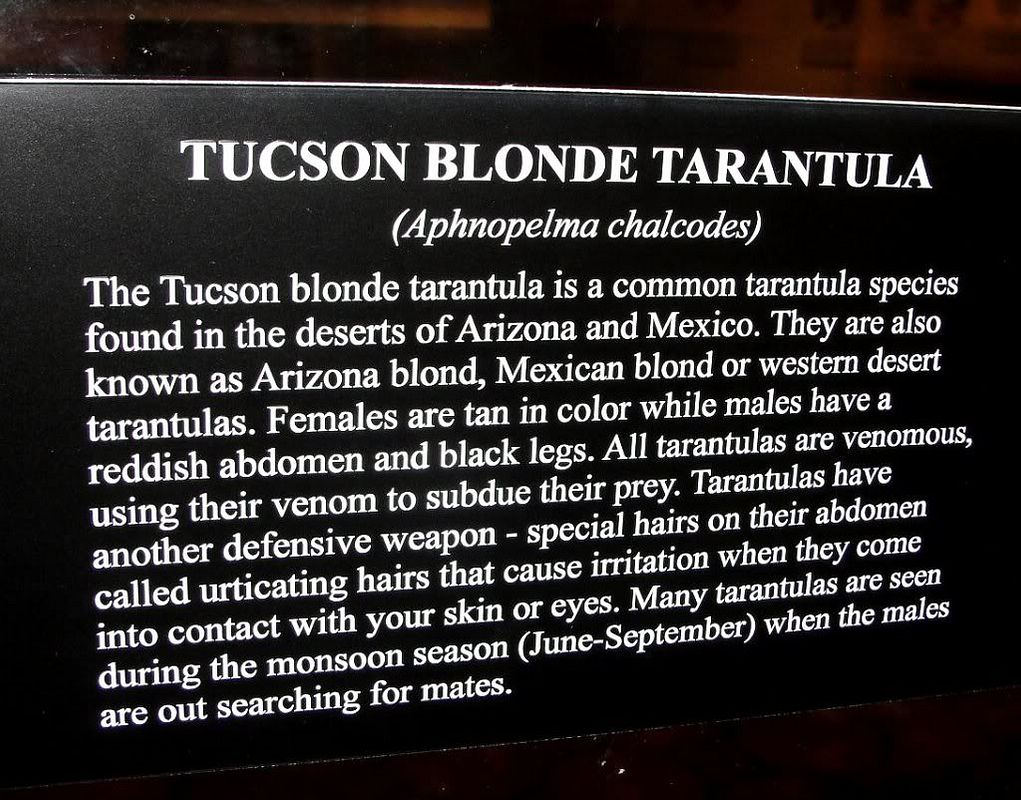
Yes. and here is how it look nowI would love to acquire some D. granti!Did you collect them?
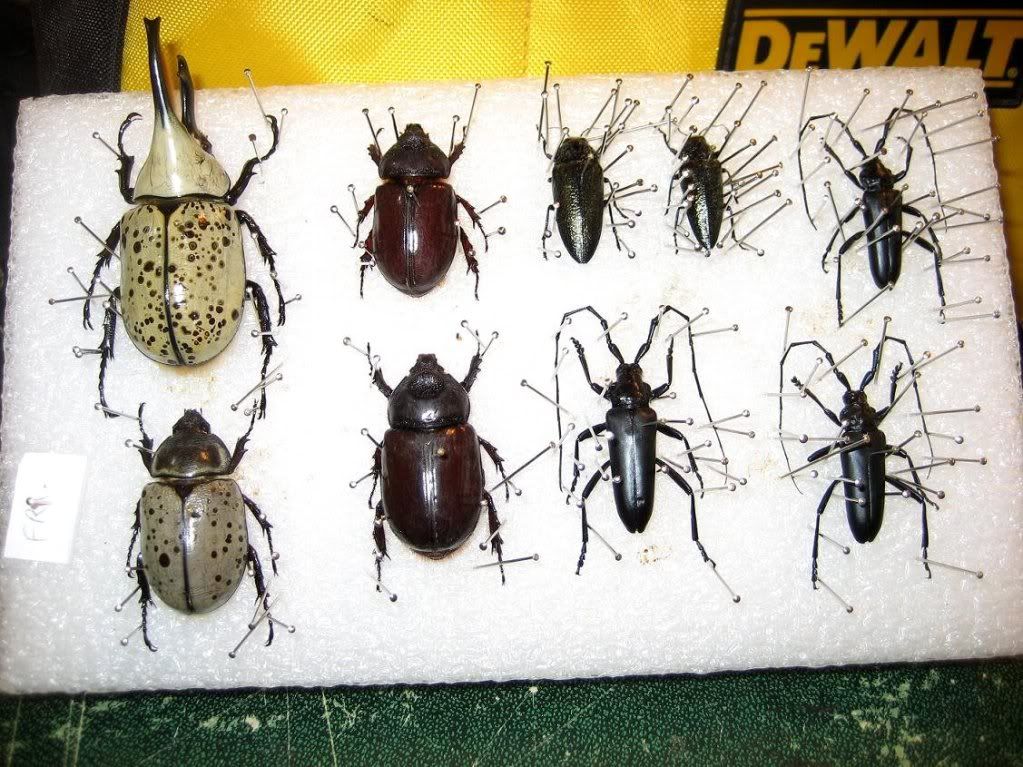
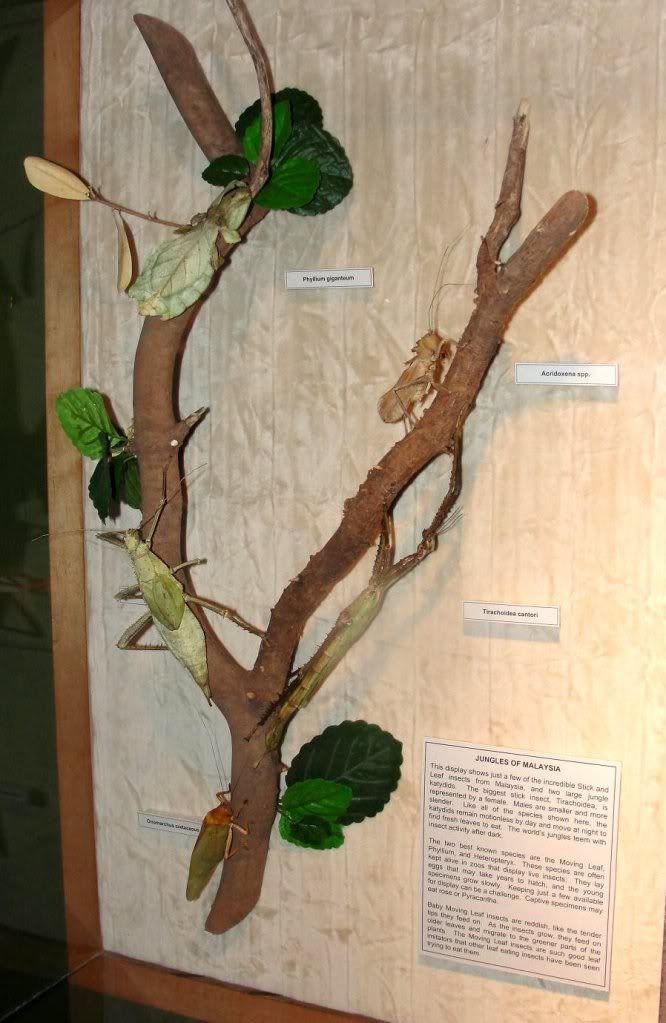
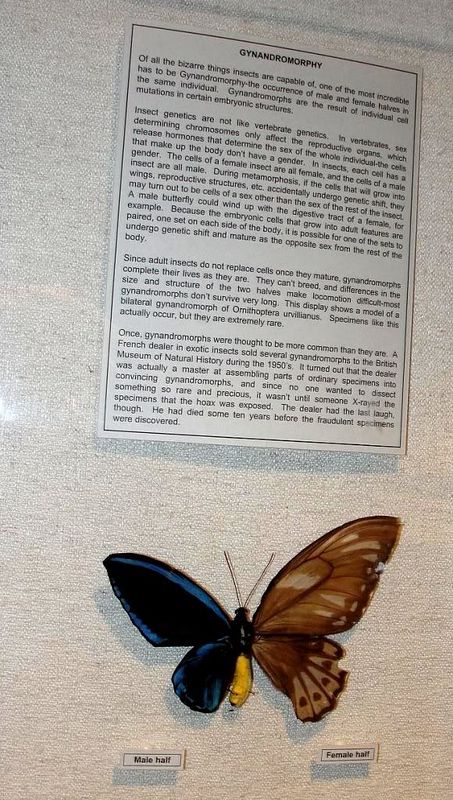
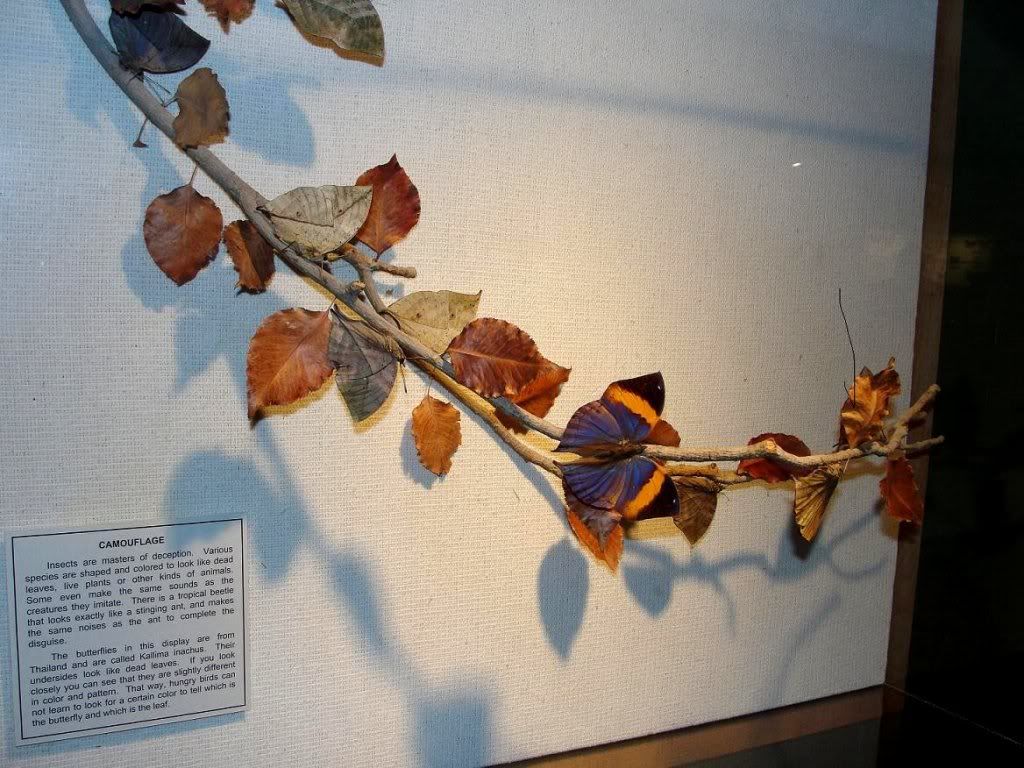
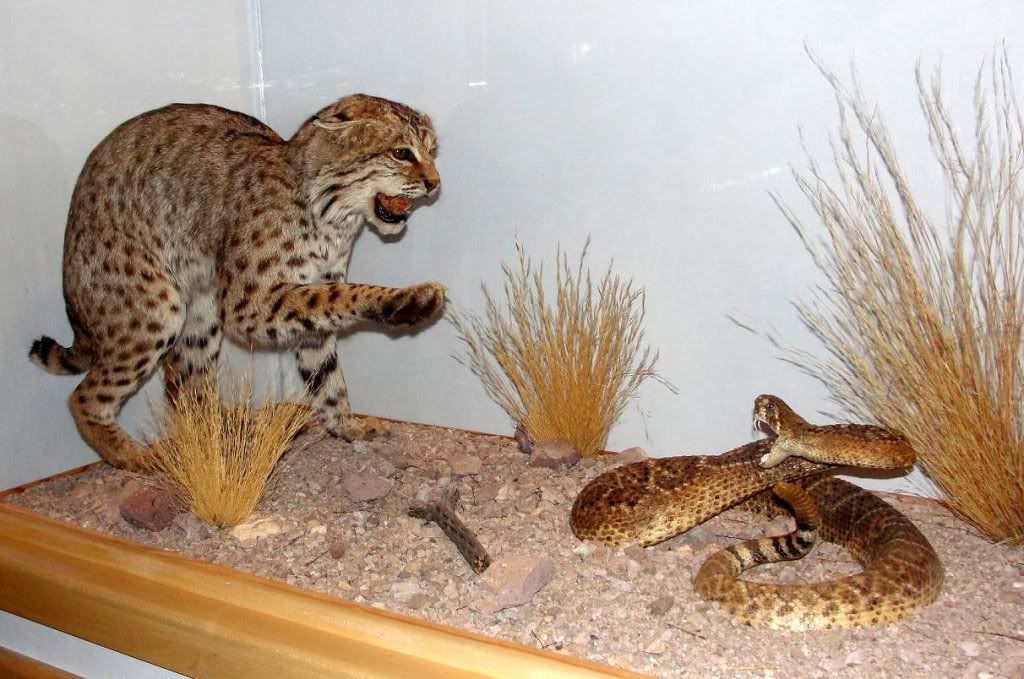
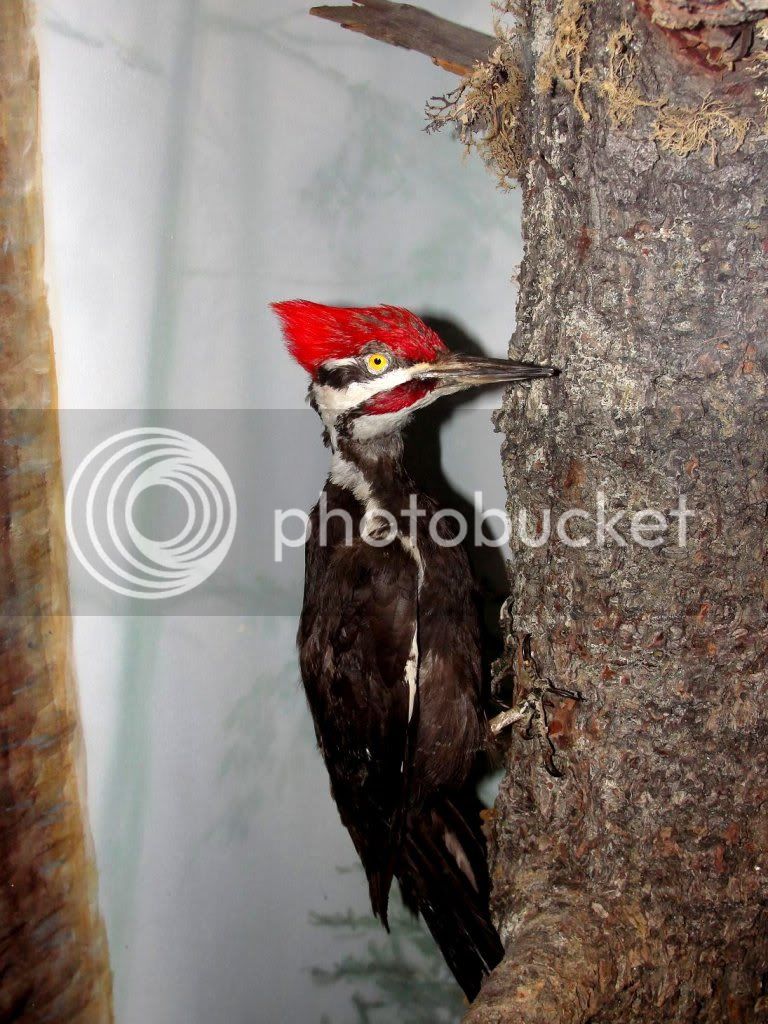
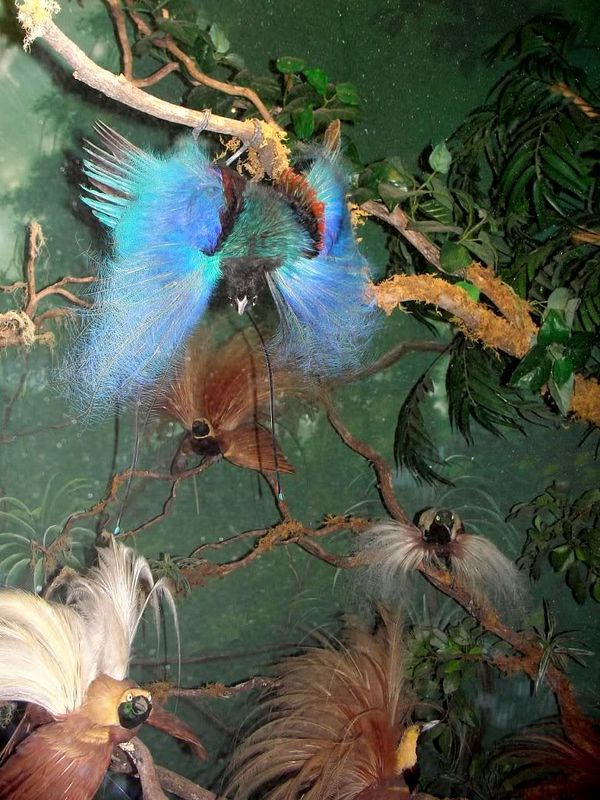
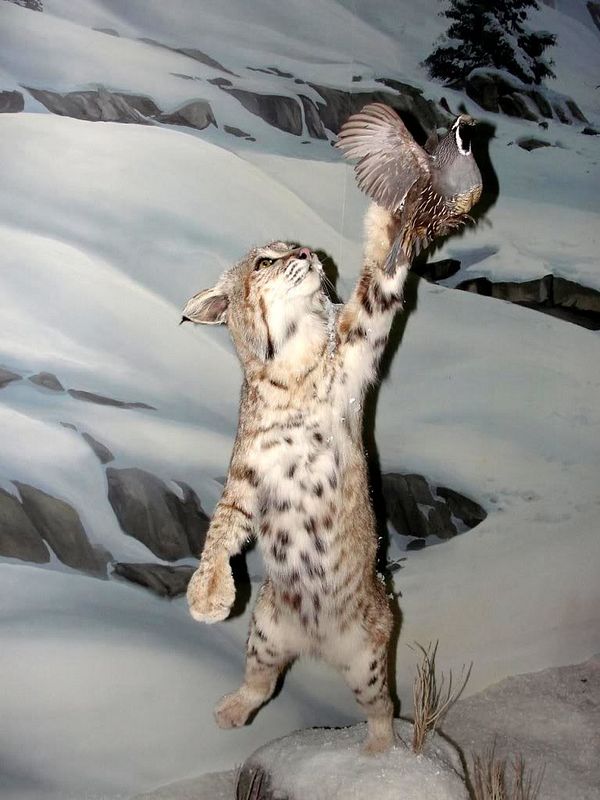

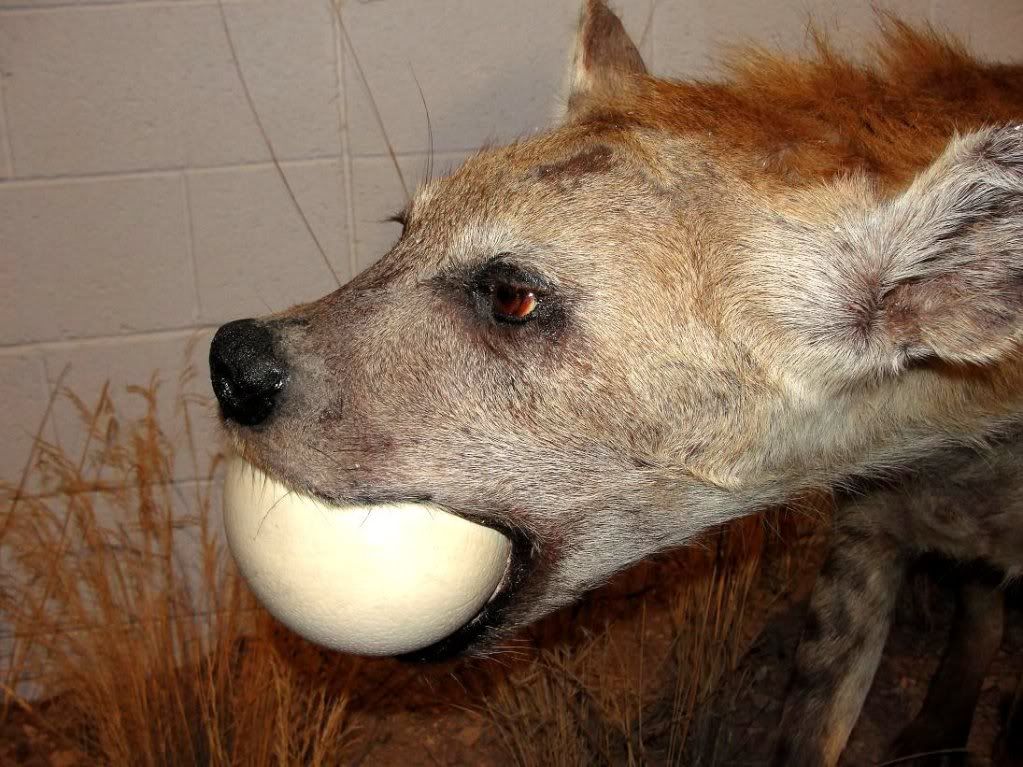







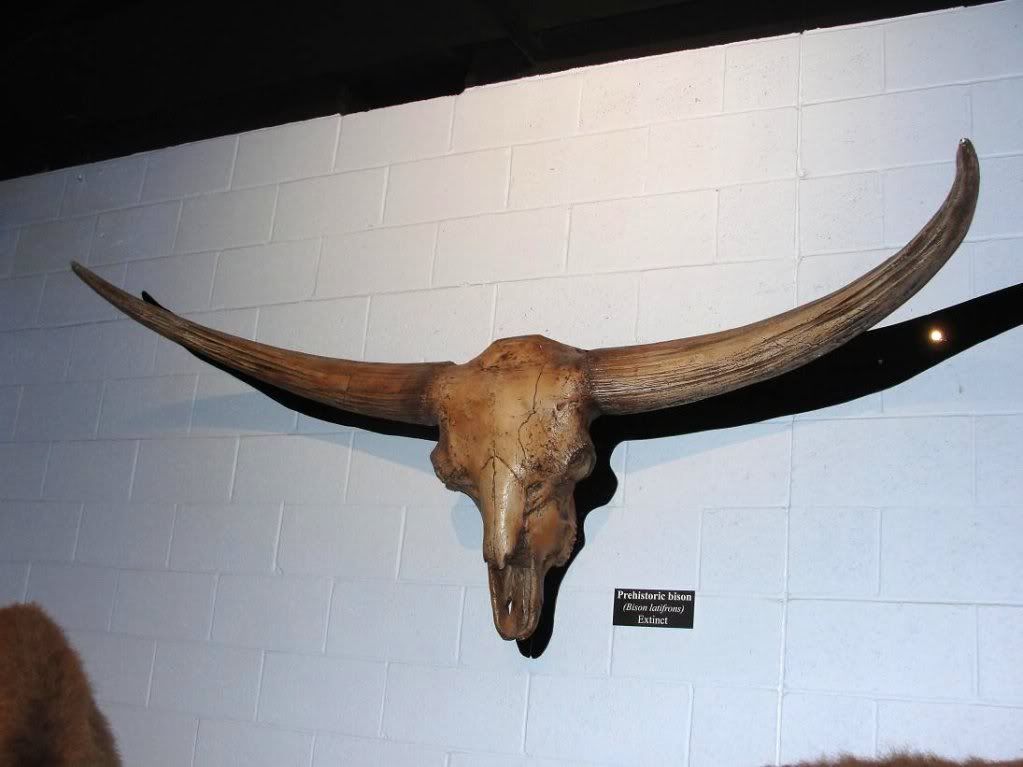
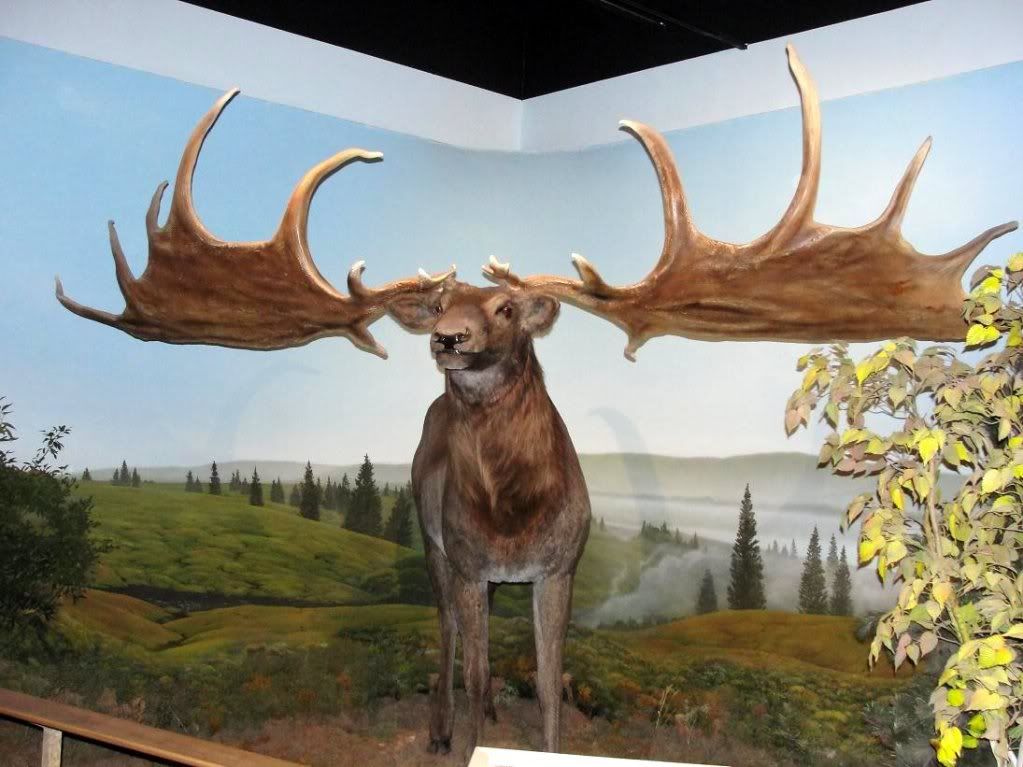
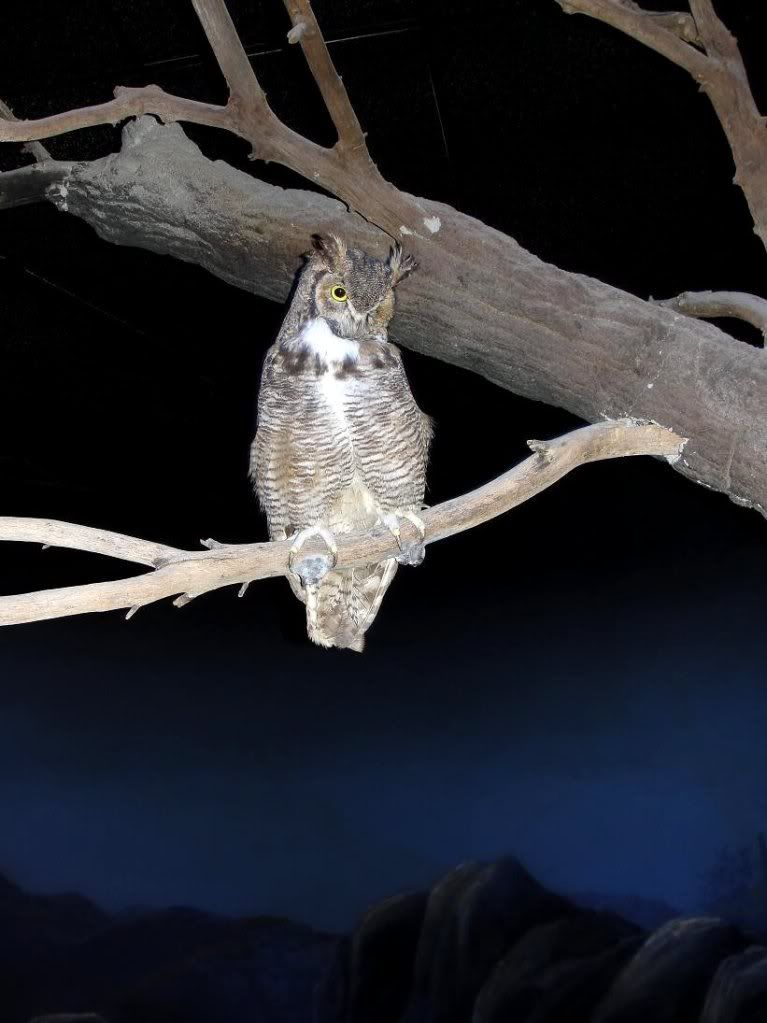
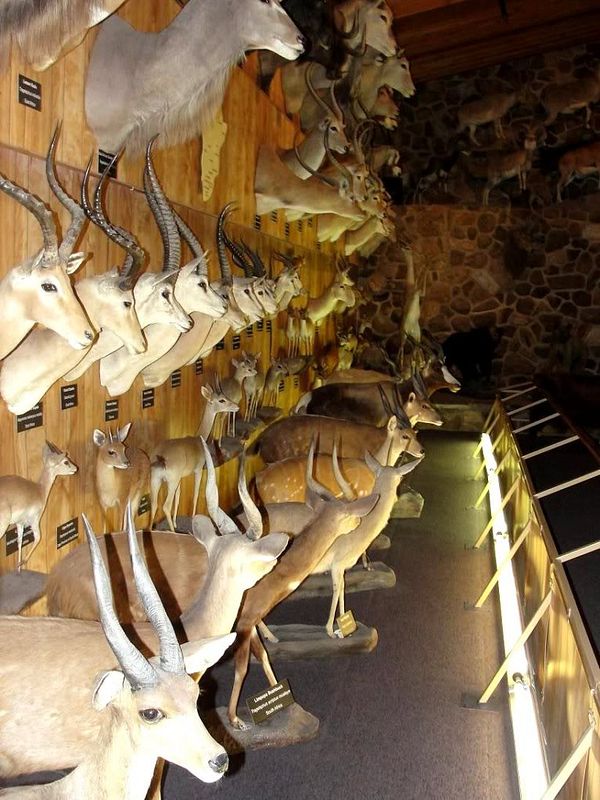
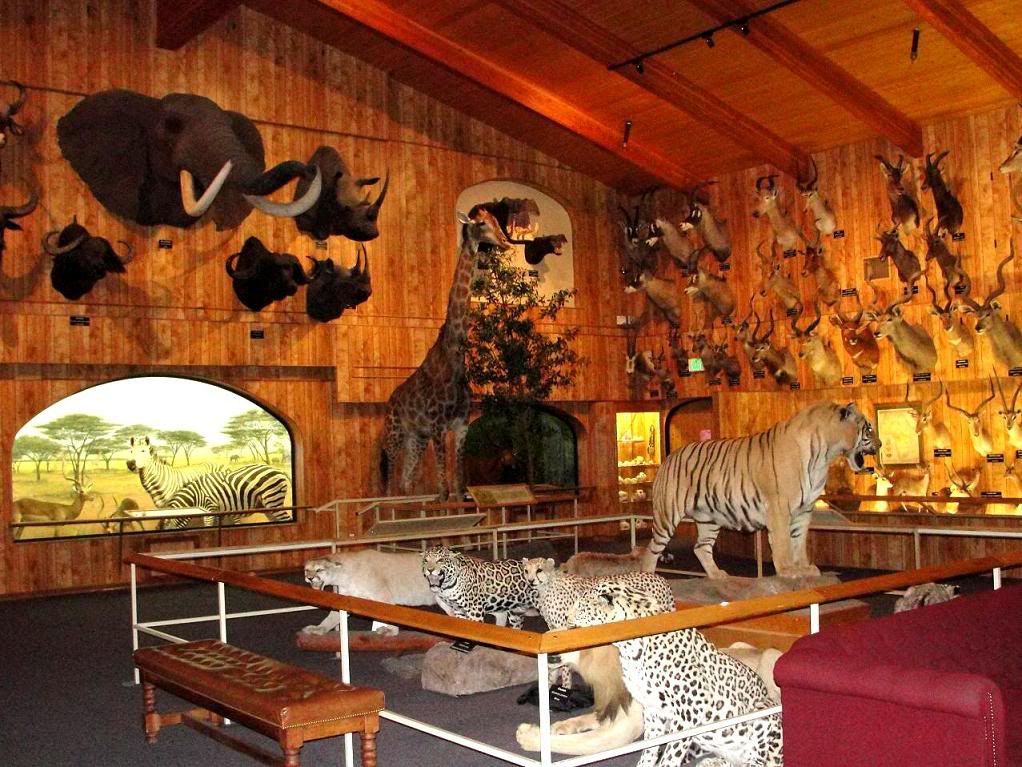
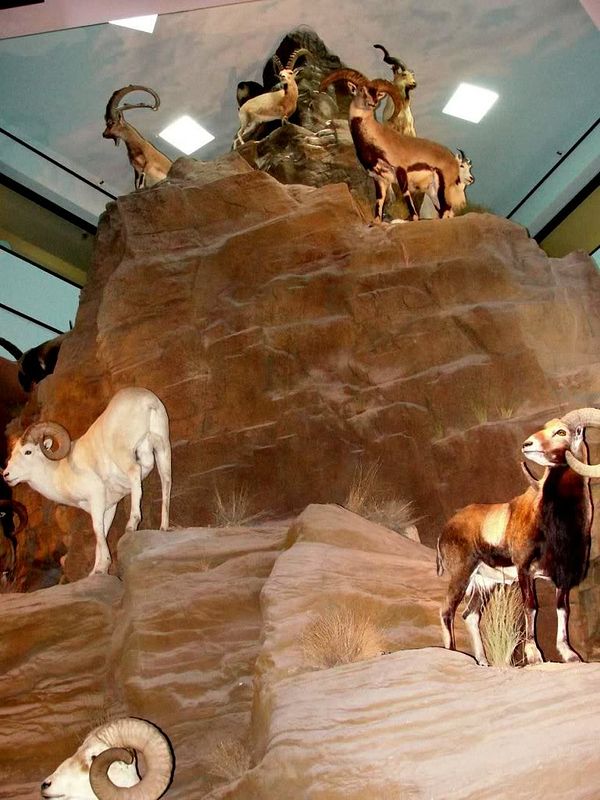



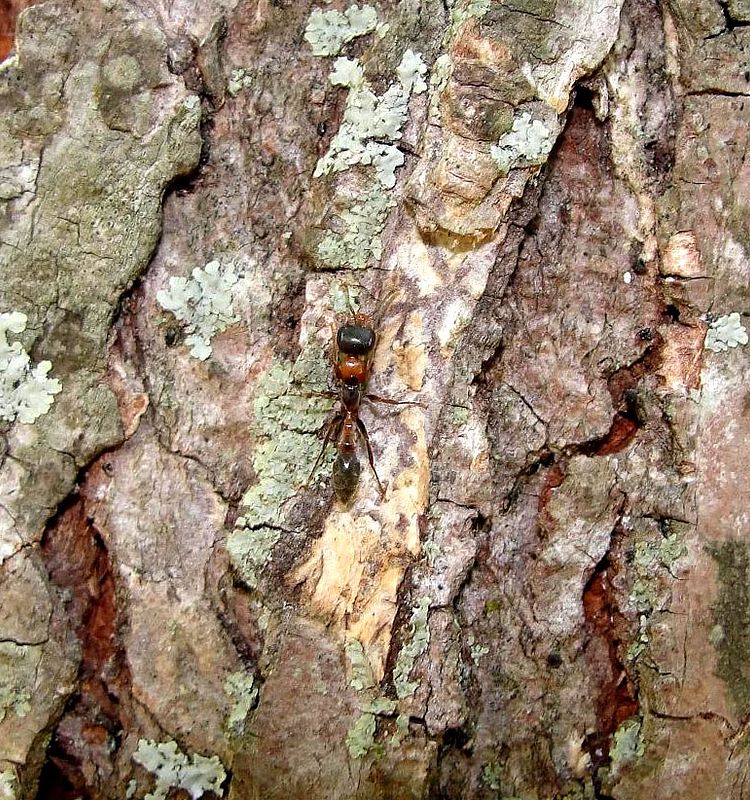
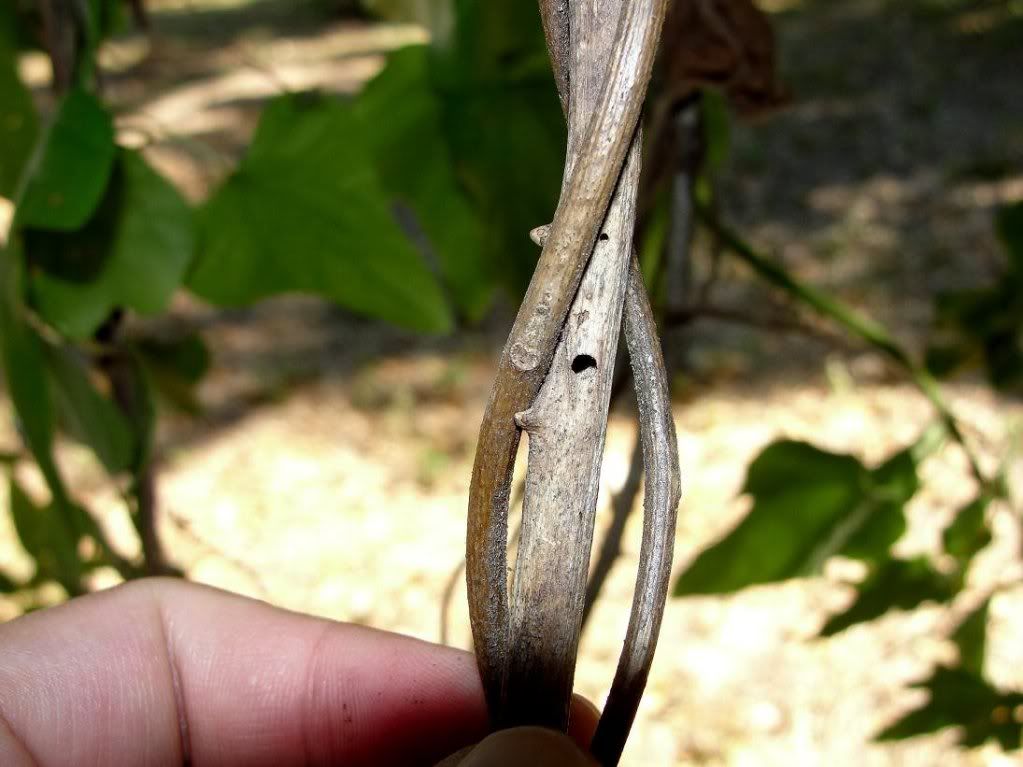
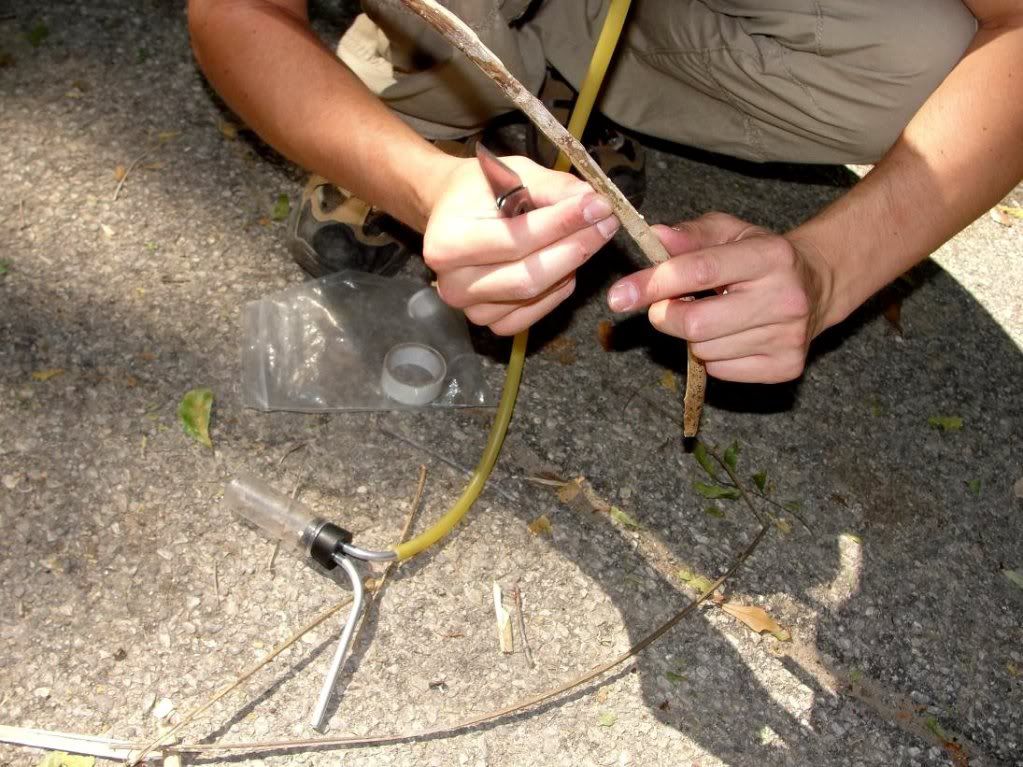
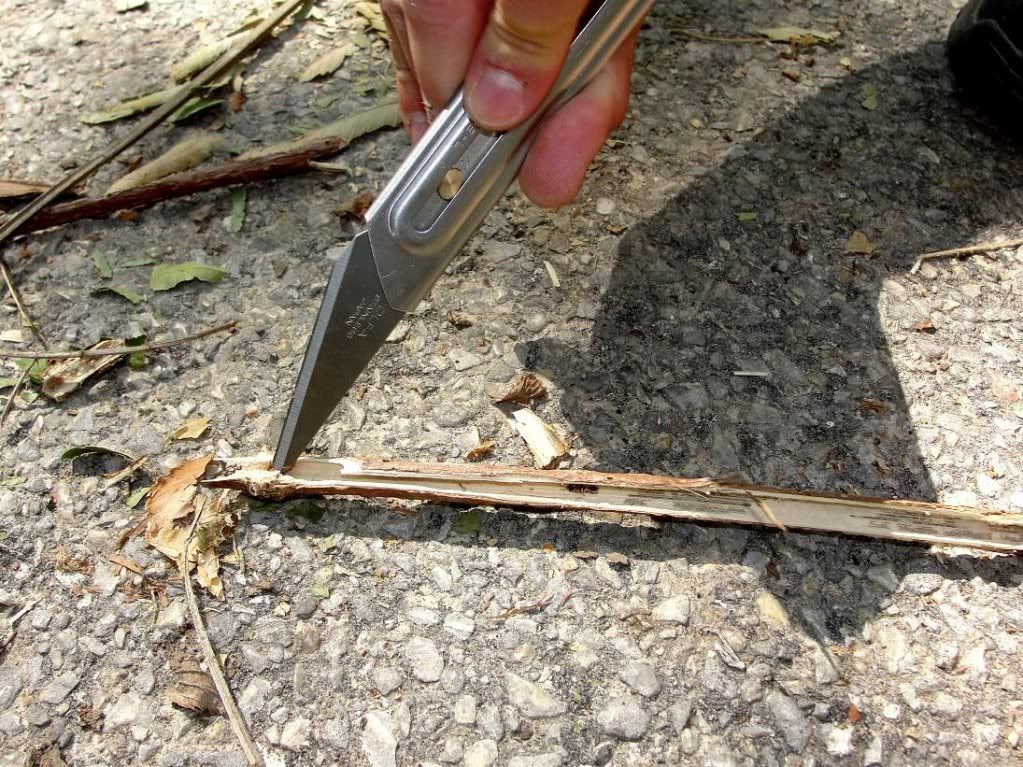
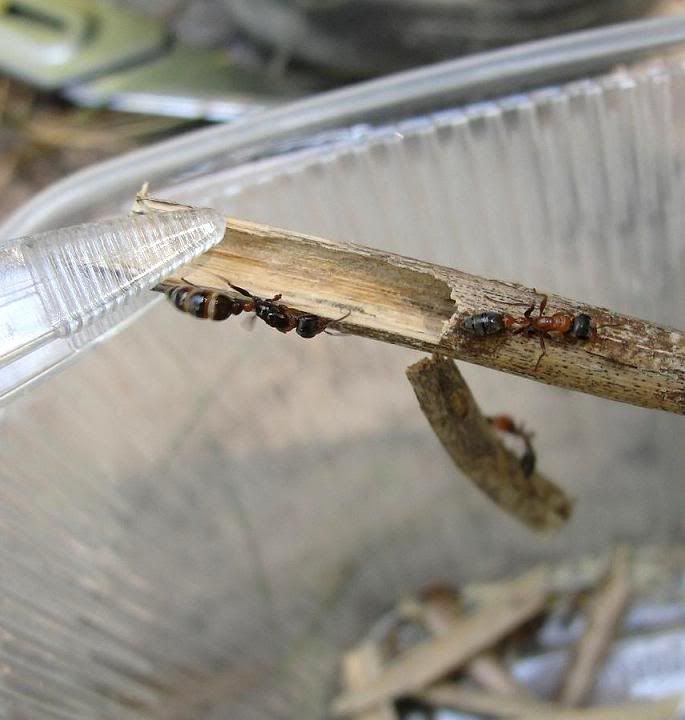
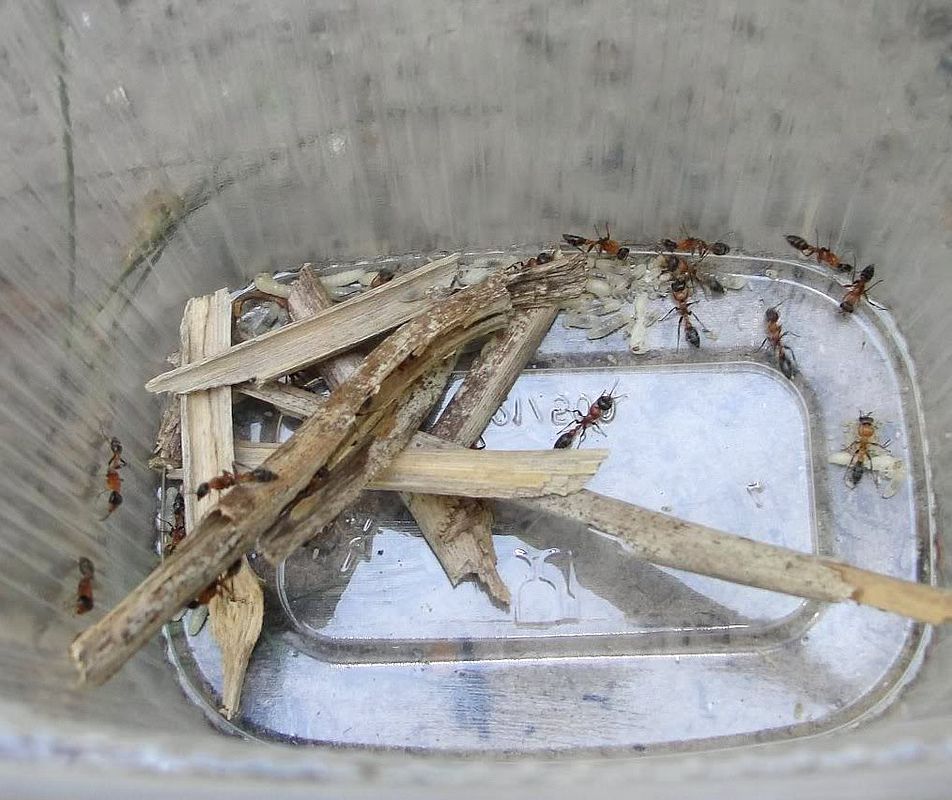
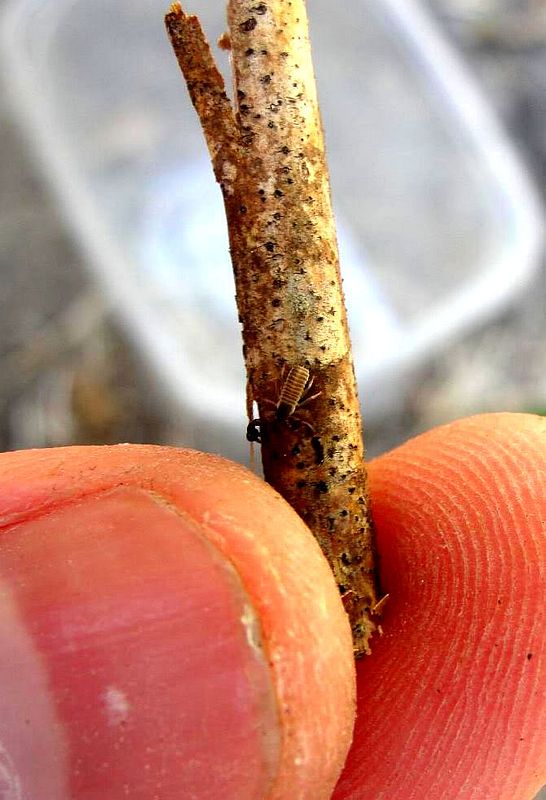
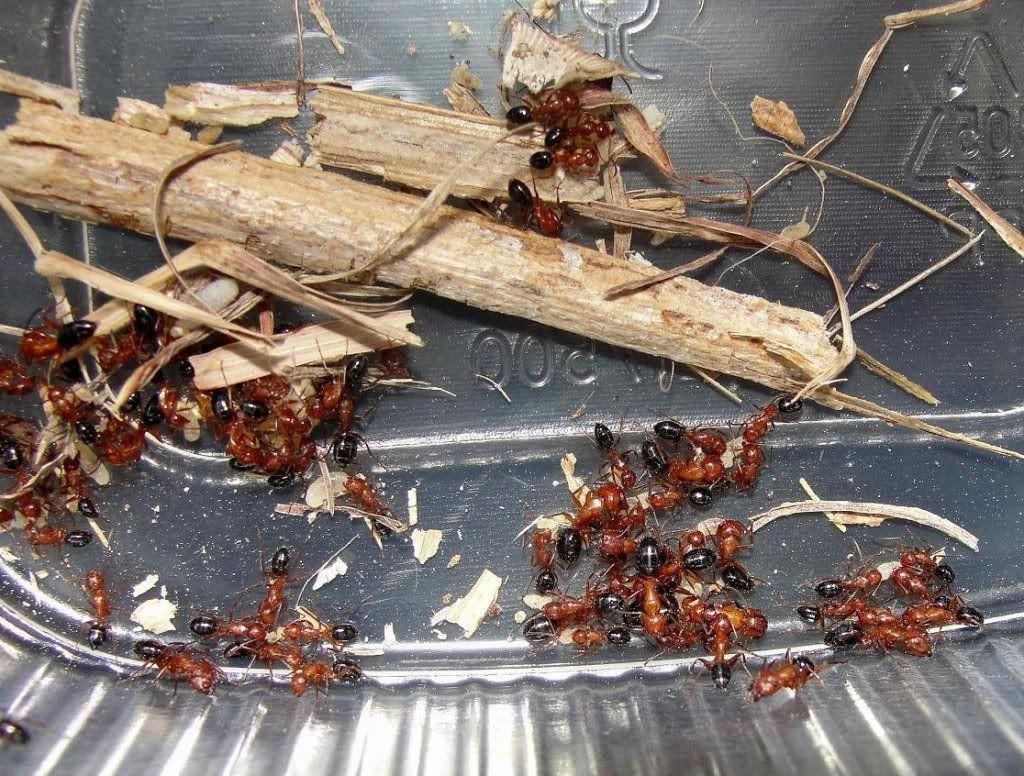
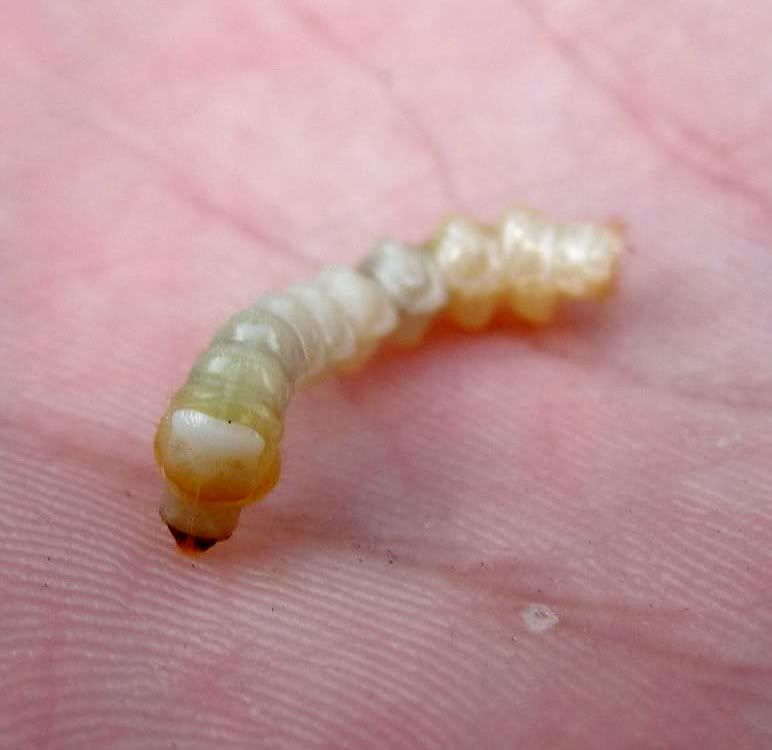
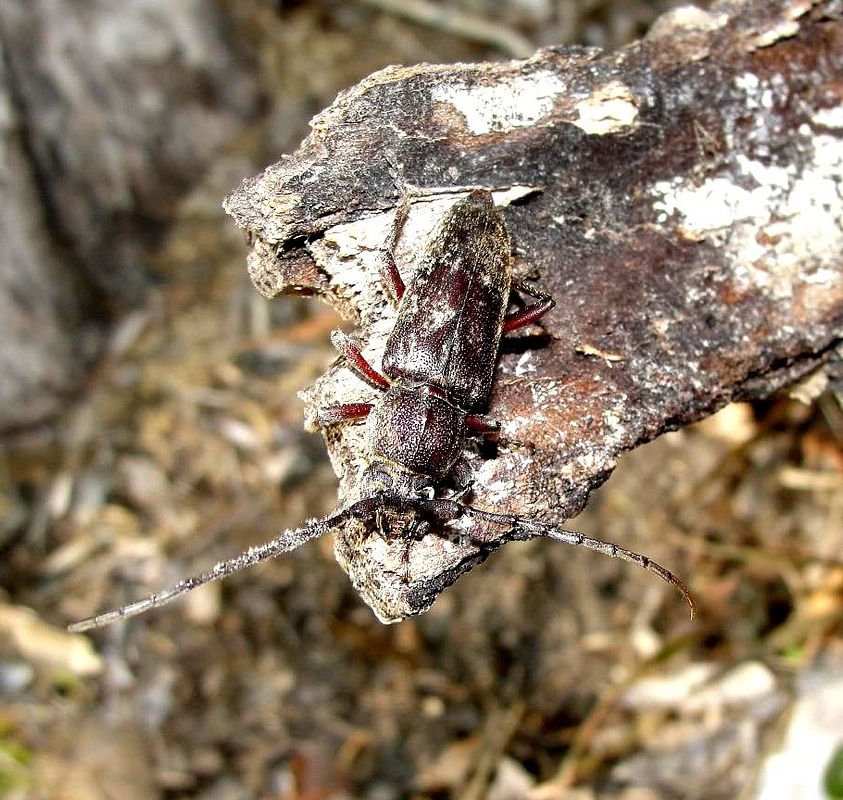
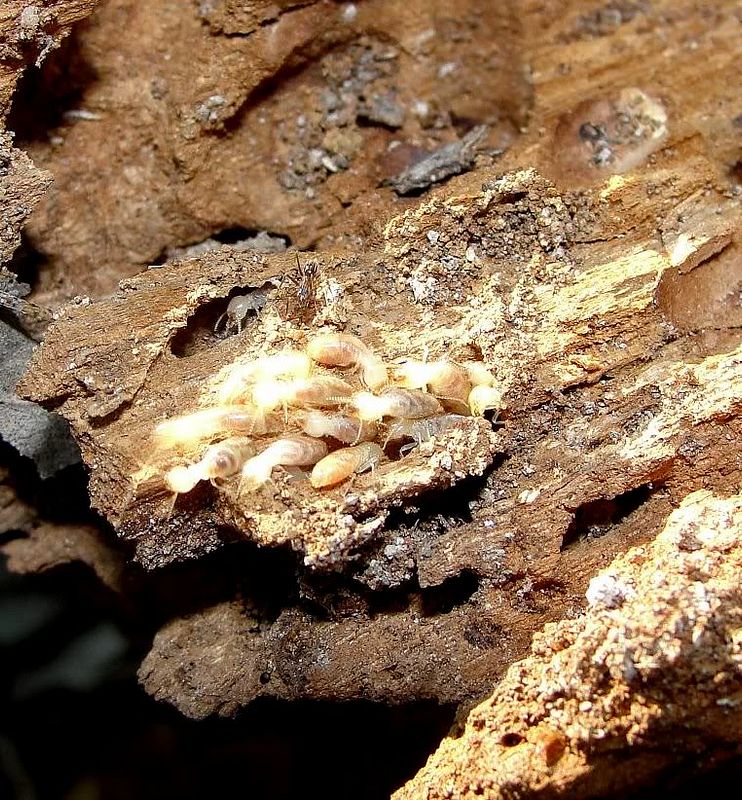
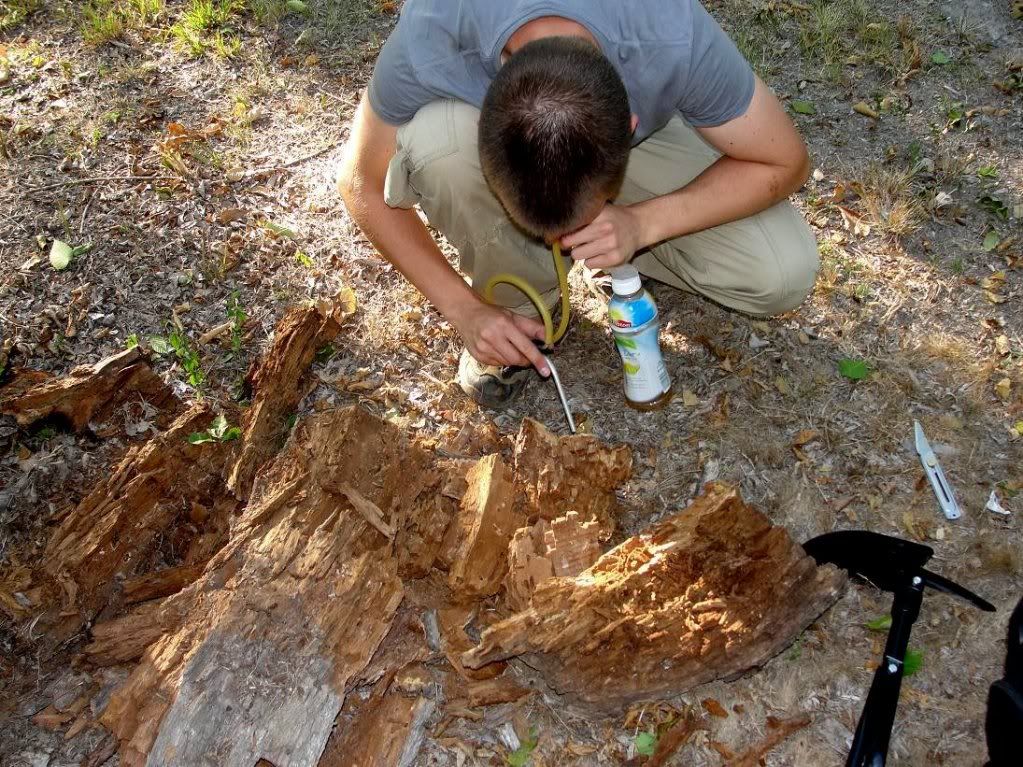
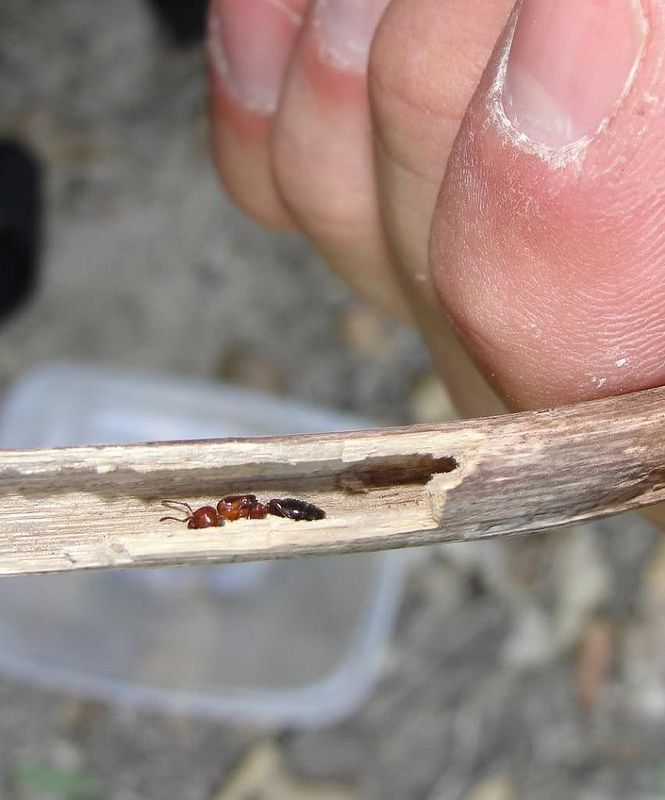
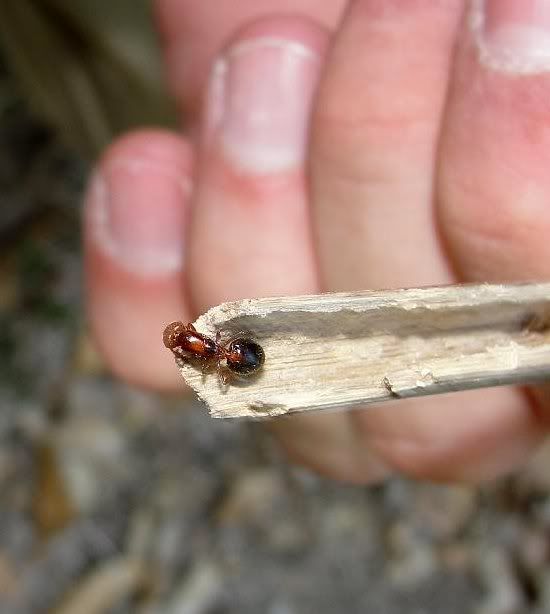
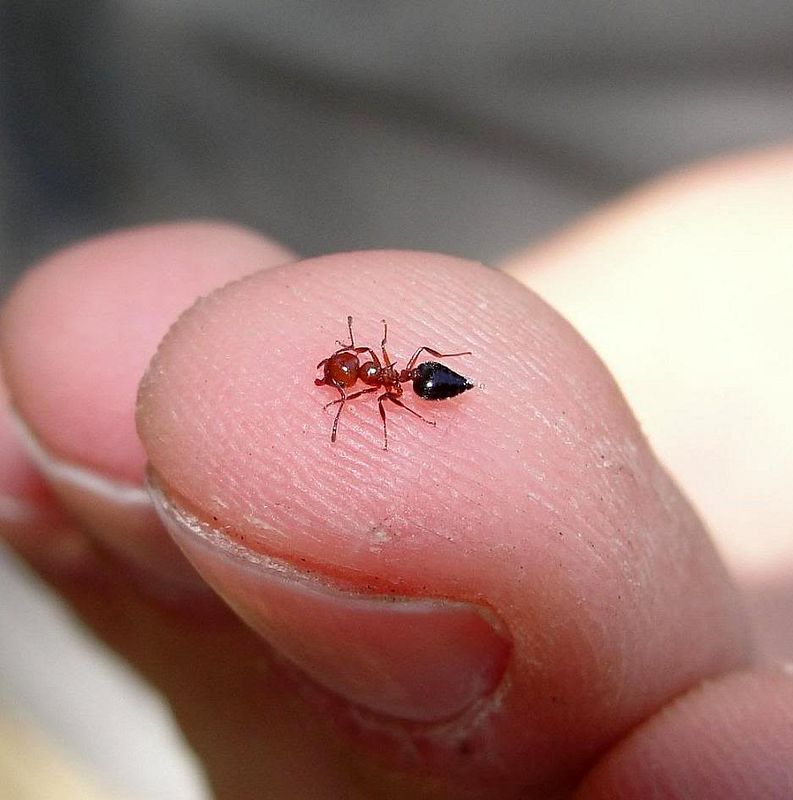
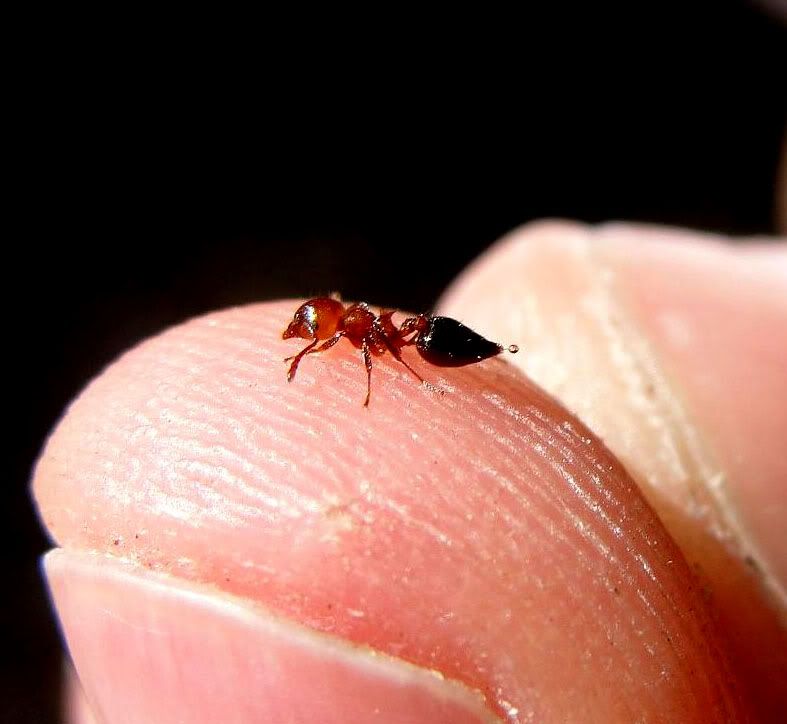
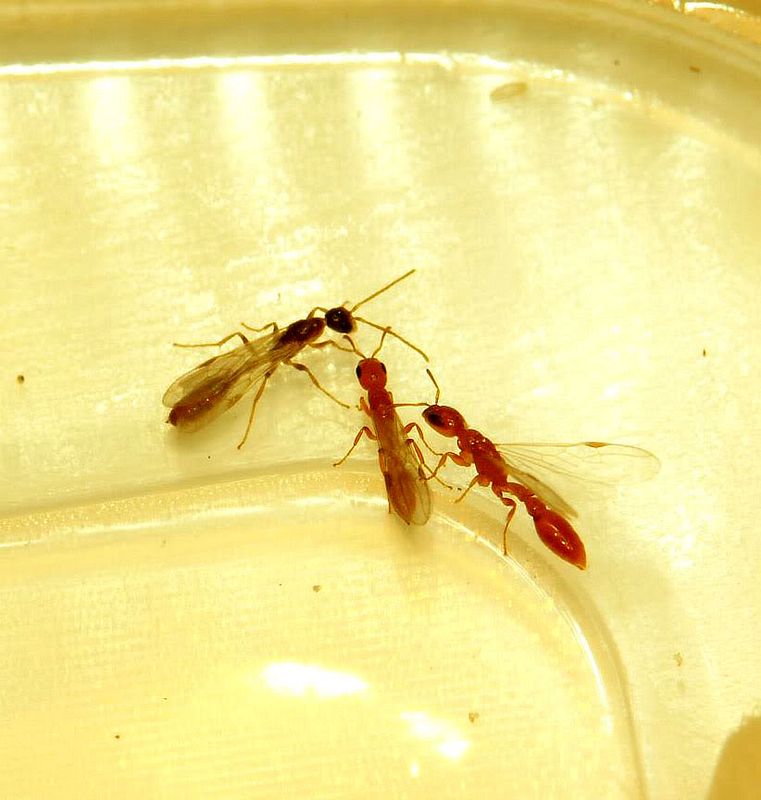
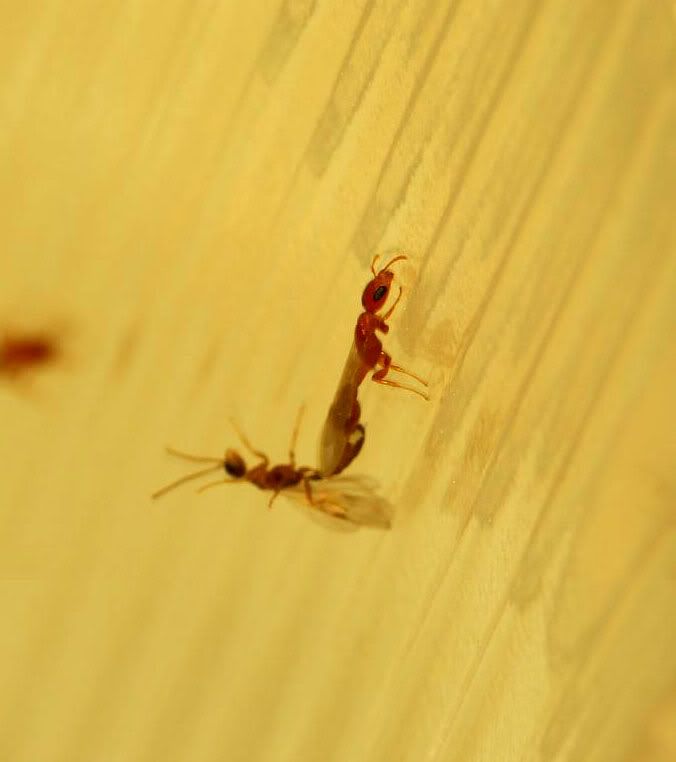

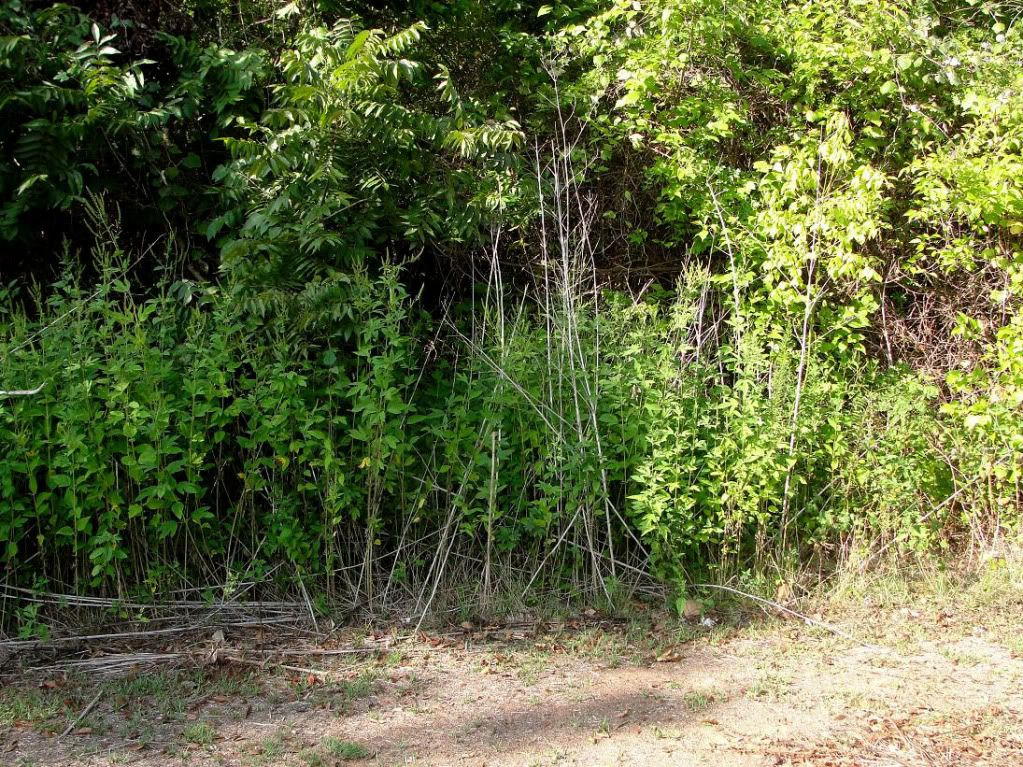
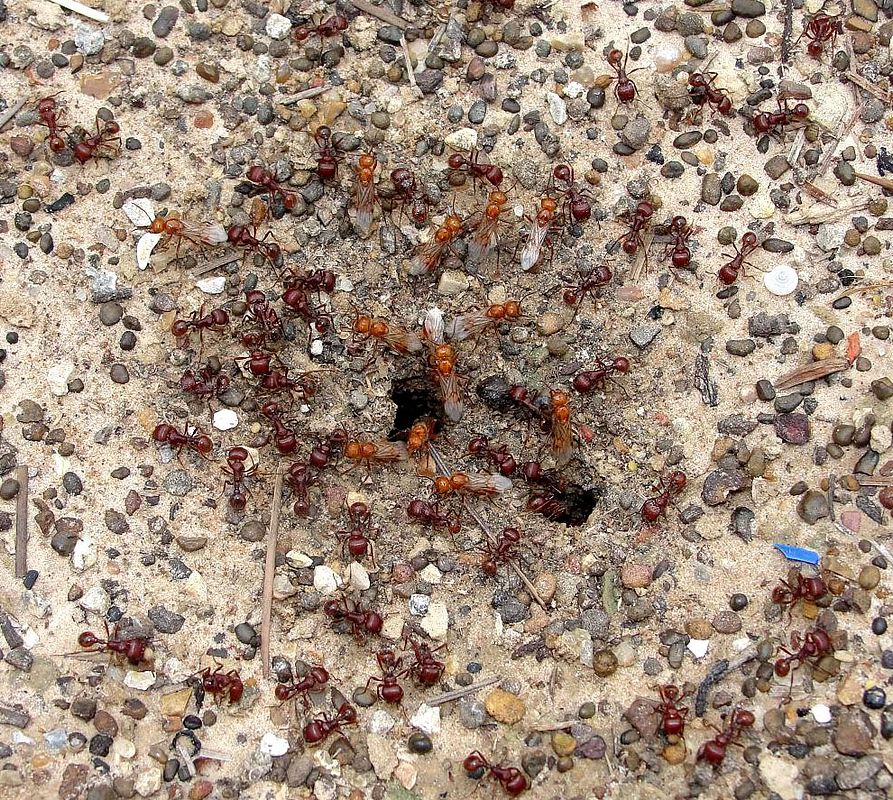
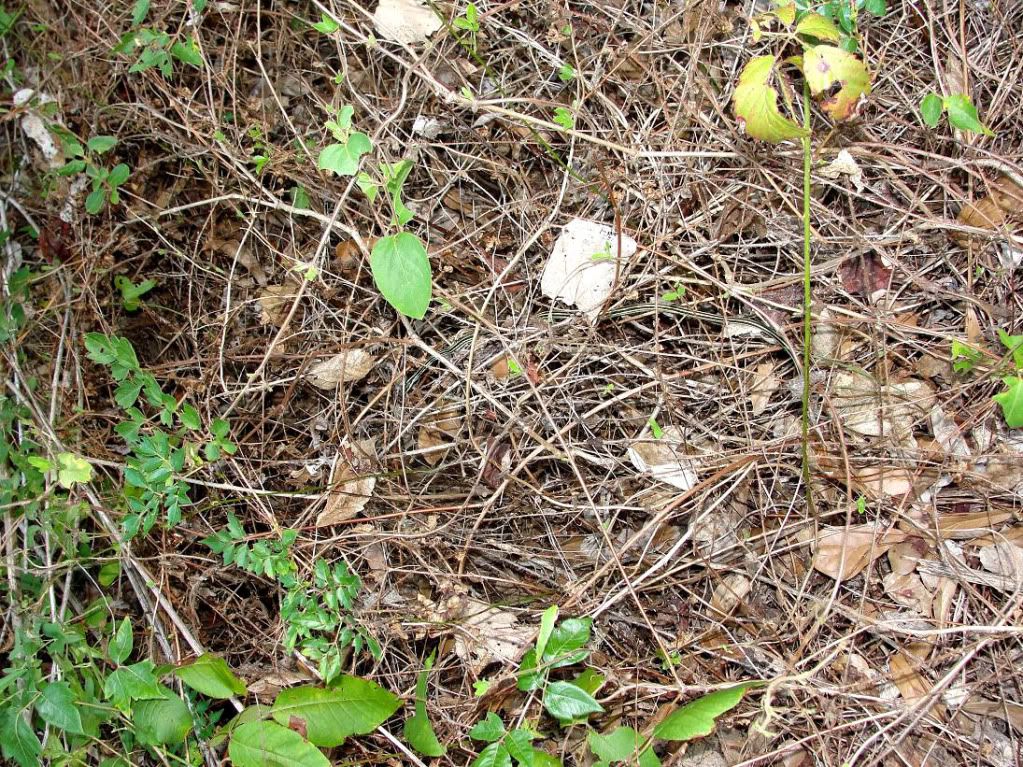
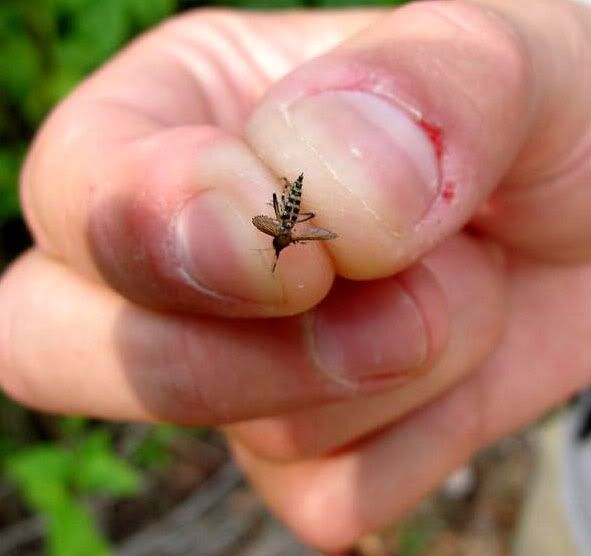
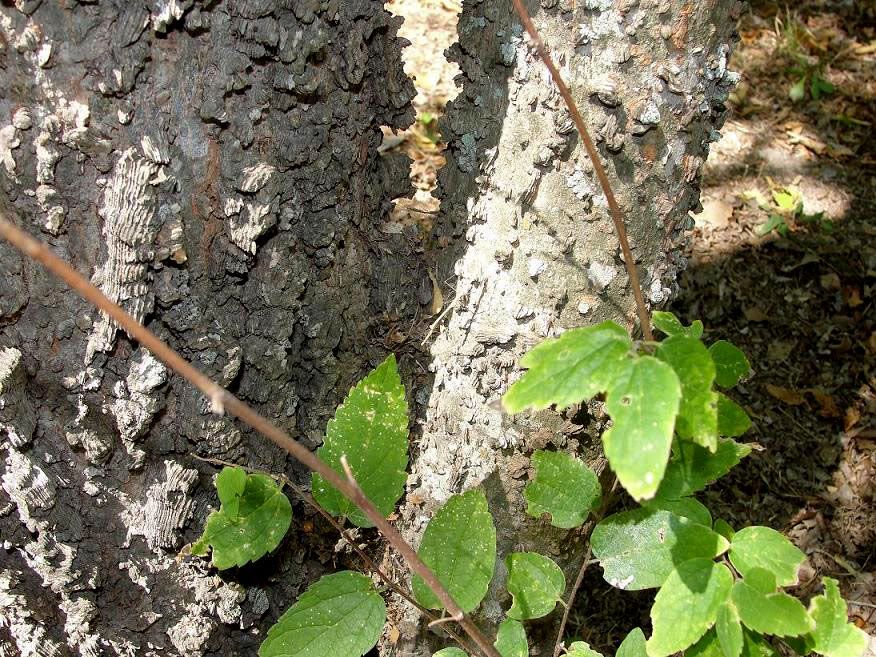
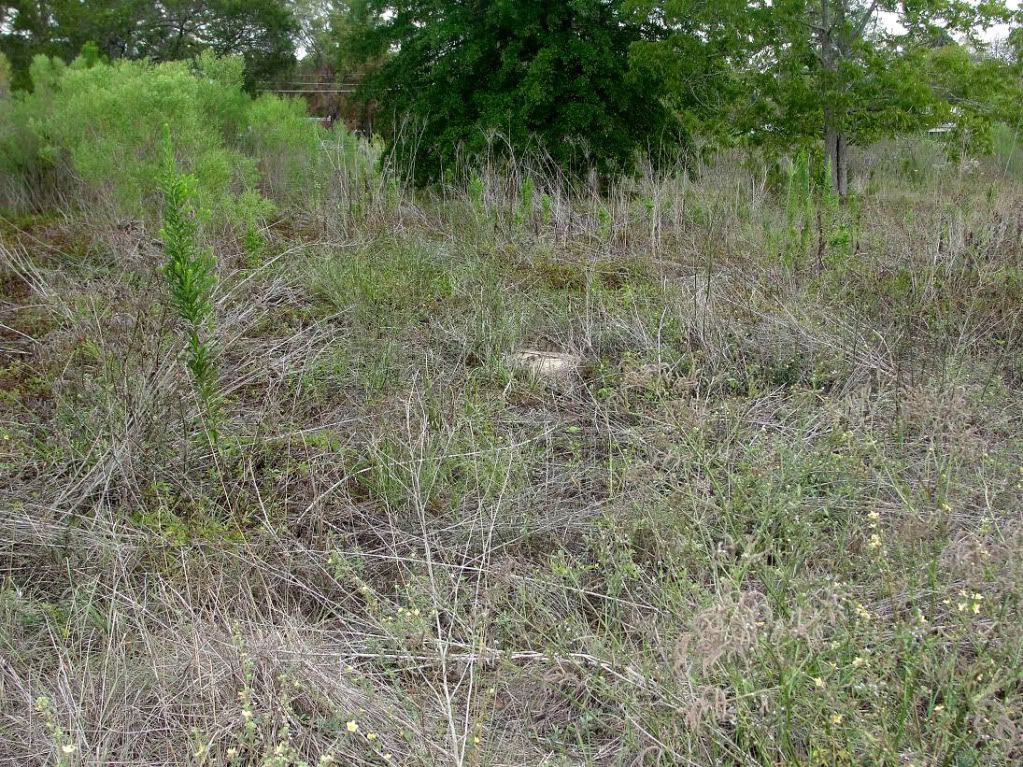
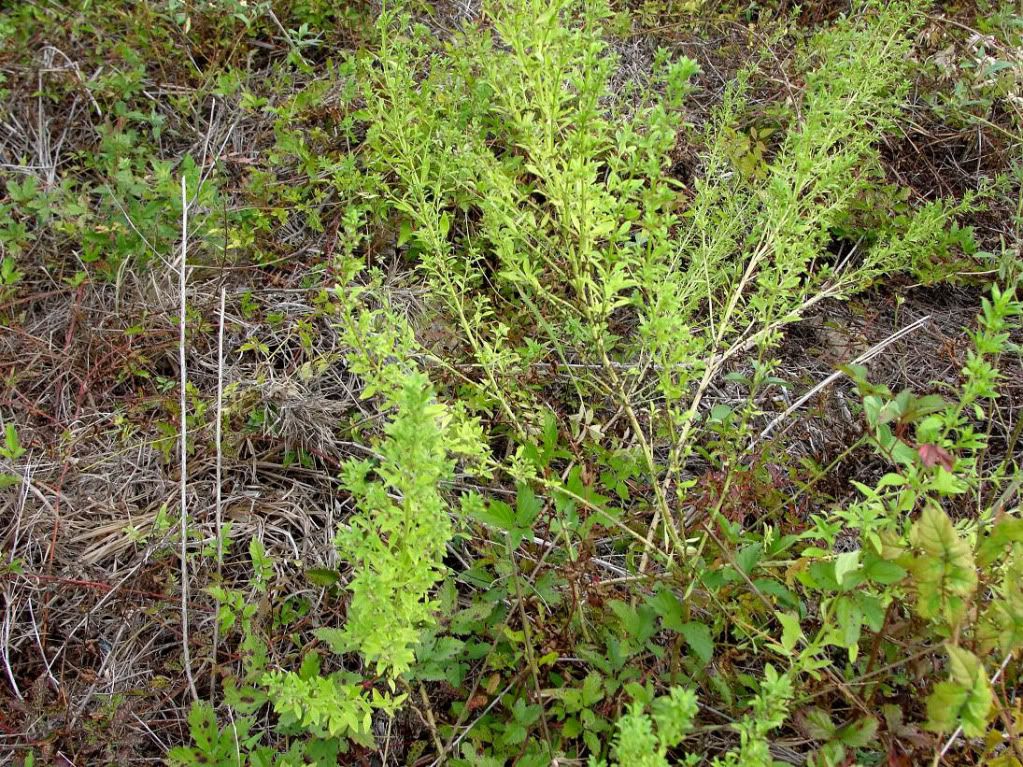
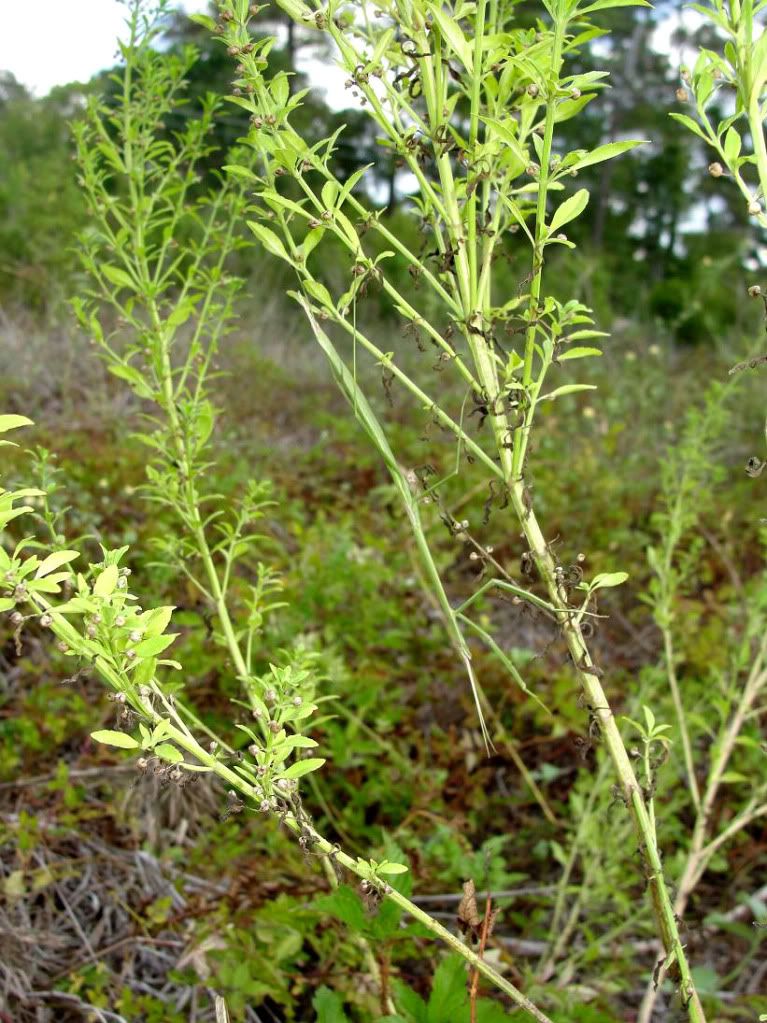
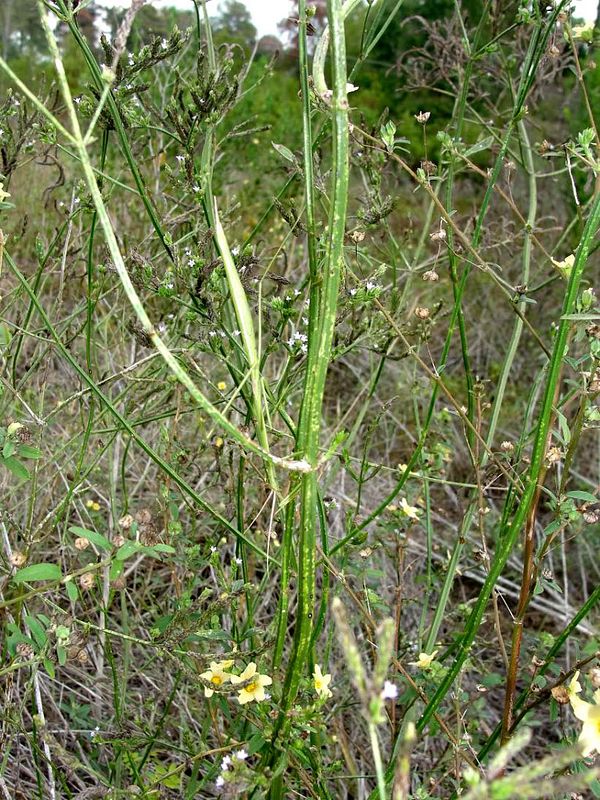
So this is Yen And Chris cool Get see how you guys look ..As usual, not every pairing ants survived in the wild. It is a dog eat dog world out there and some other species of ants (Aphaenogaster sp) seemed to anticipated this 'event' and starting to attack the mating pair on the ground.
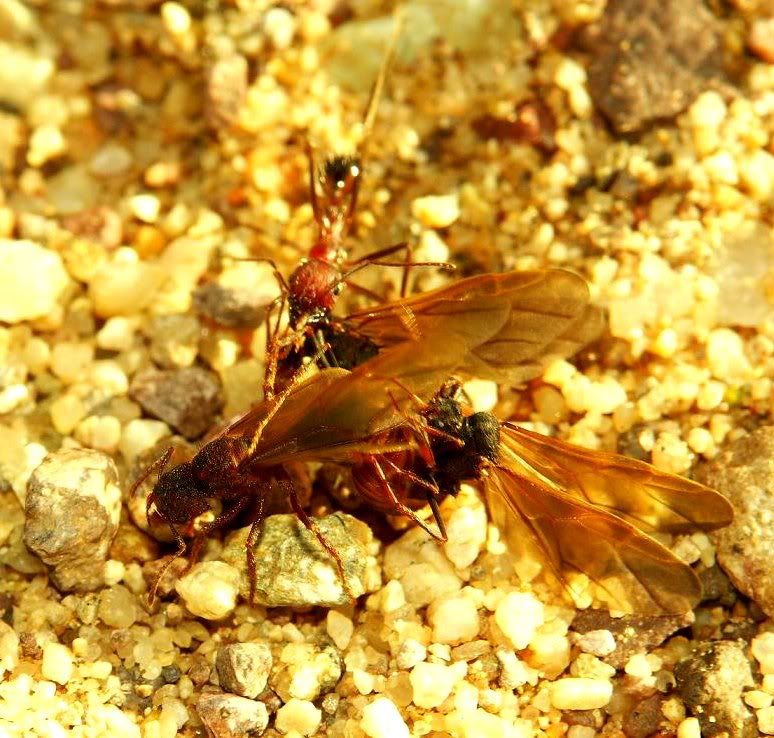
Winged ants that show up late have no chance to fly. Mauled by swarm of ants from other species.
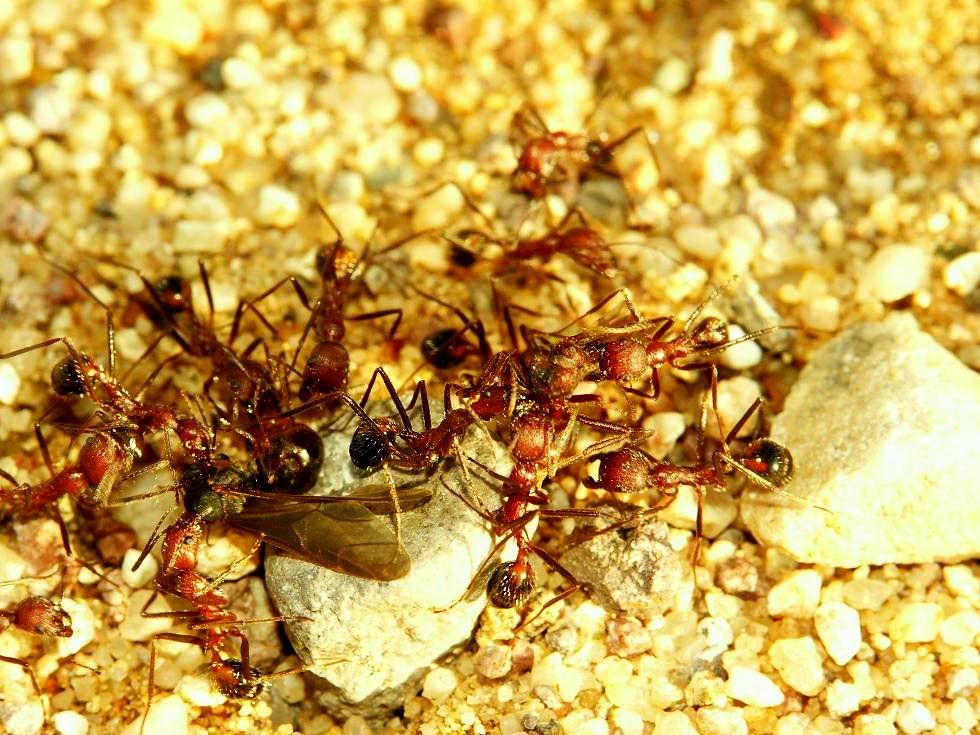
I let Chris busy collecting the queens and started to look for more mantis. Soon I found an adult female ground mantis.
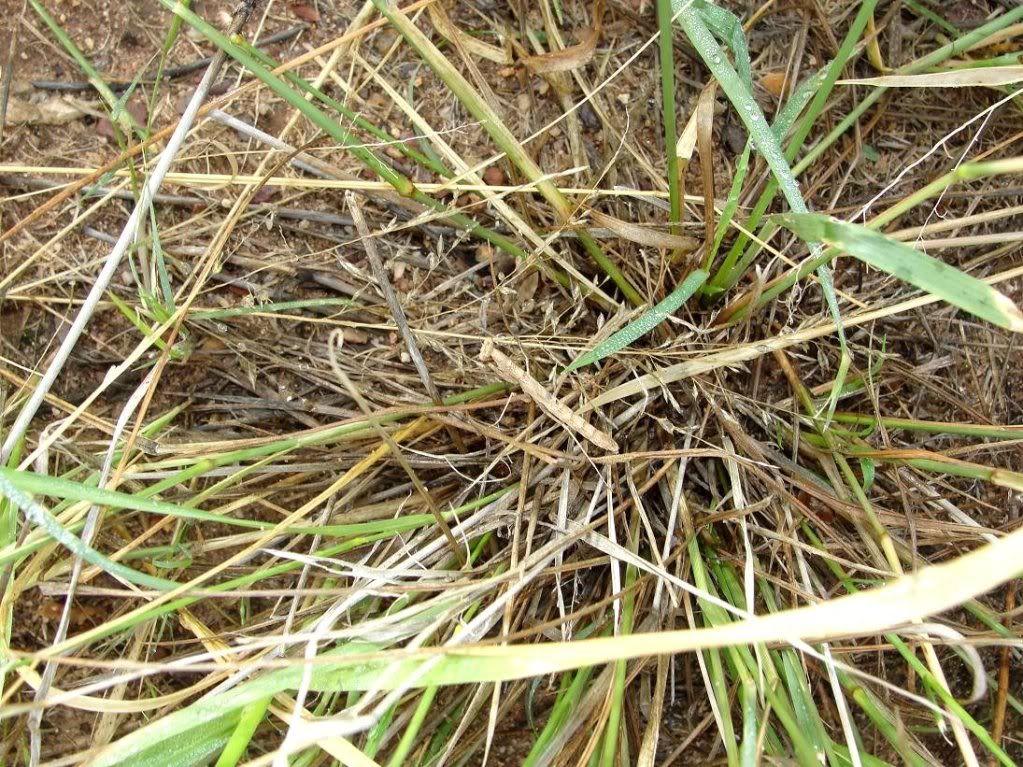
There were plenty of Yersiniops around the area too.
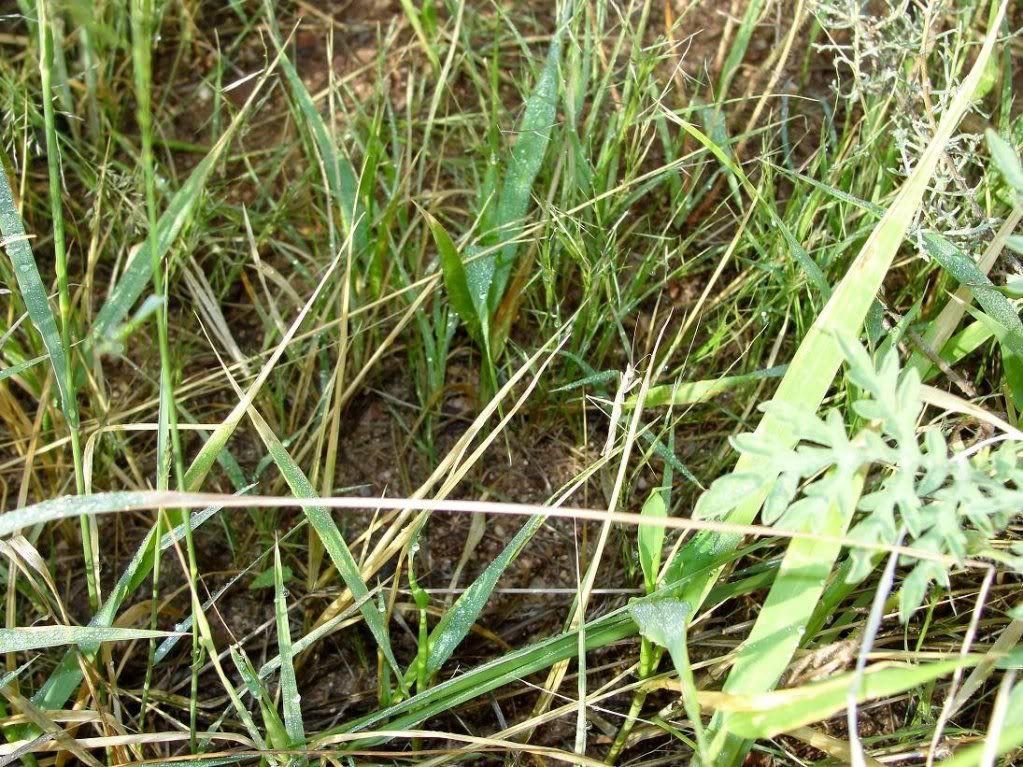
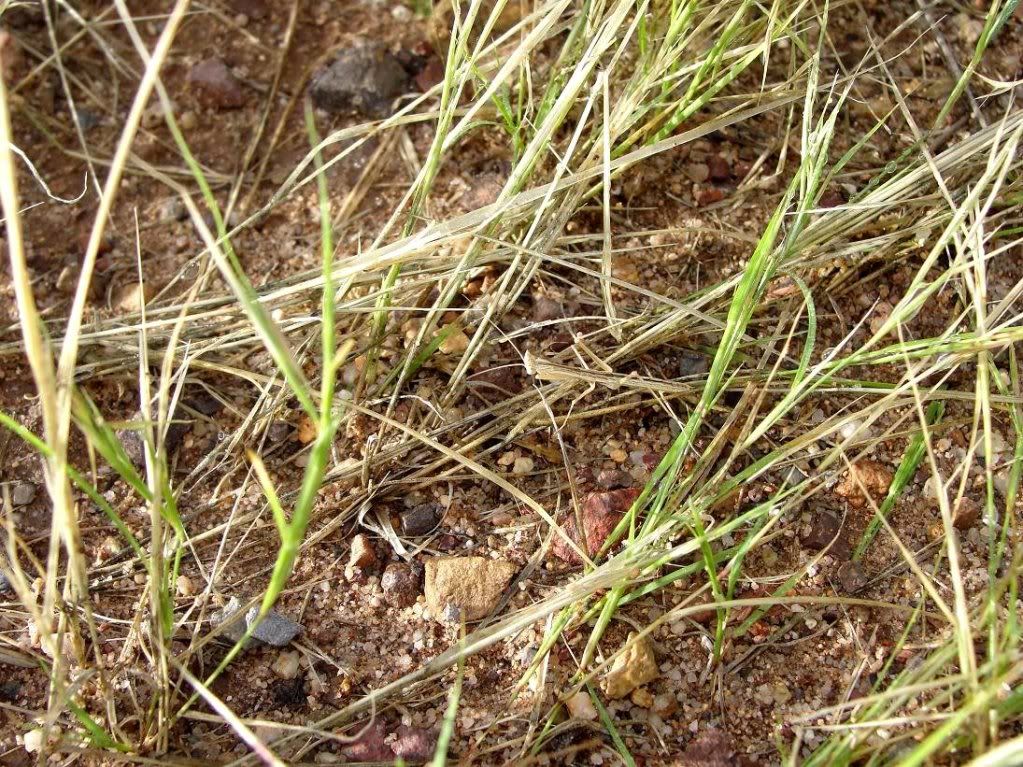
Soon I developed the 'eye' for this species and collected plenty of them. In less than one hour i found about 9 adult females and dozen of males. Here is another Yersiniops if you can find it
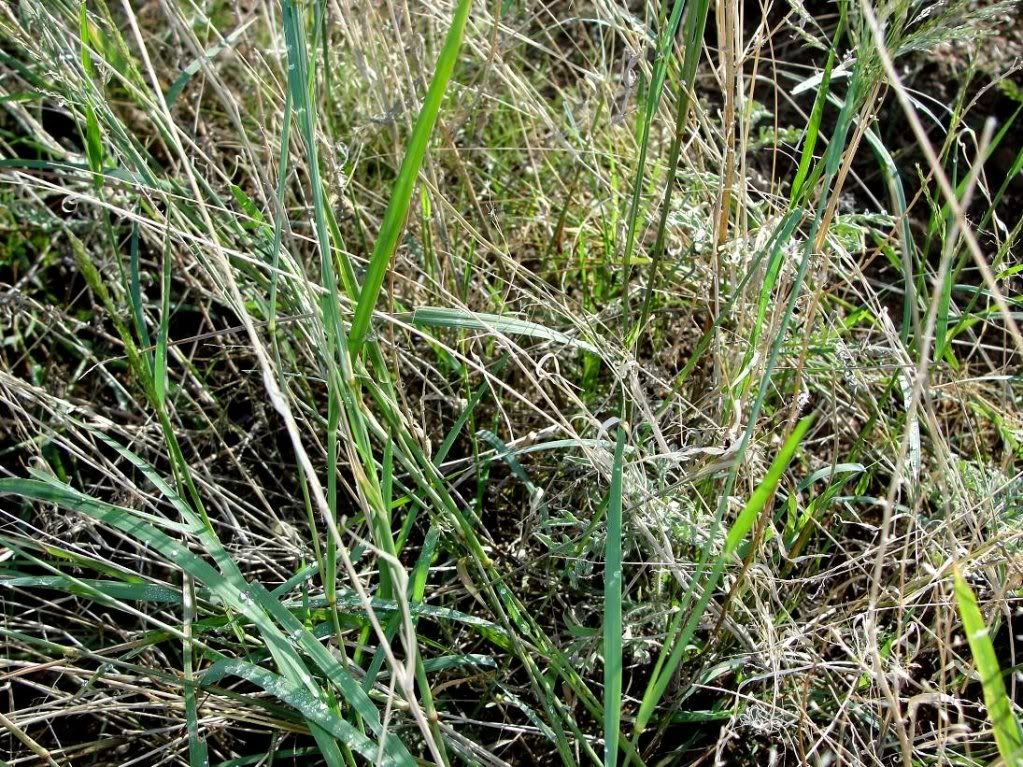
To my surprise I also found a white velvet ant!!! What a contrast to the orange/red velvet ants i usually found in Texas.
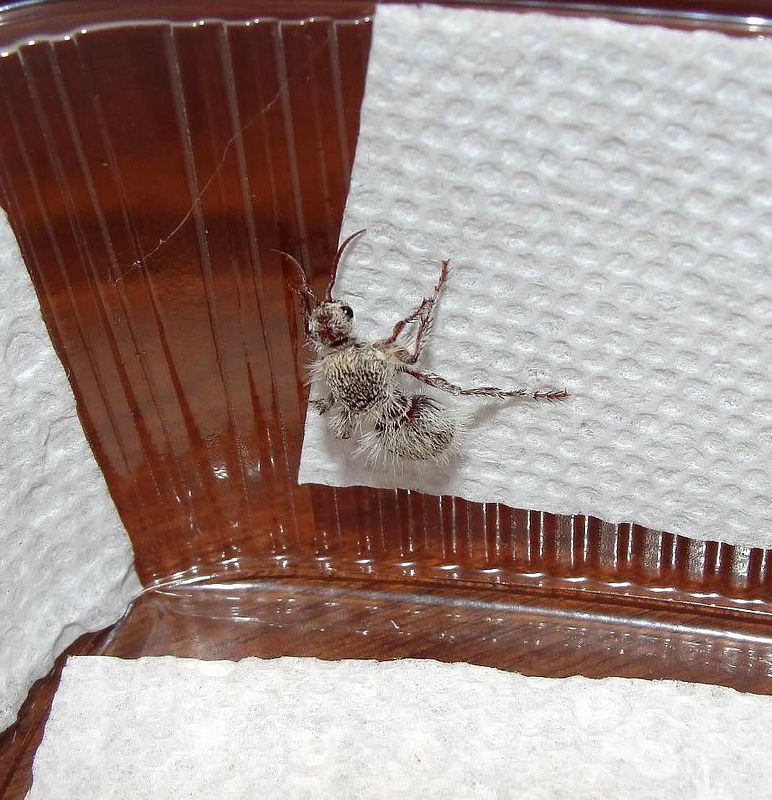
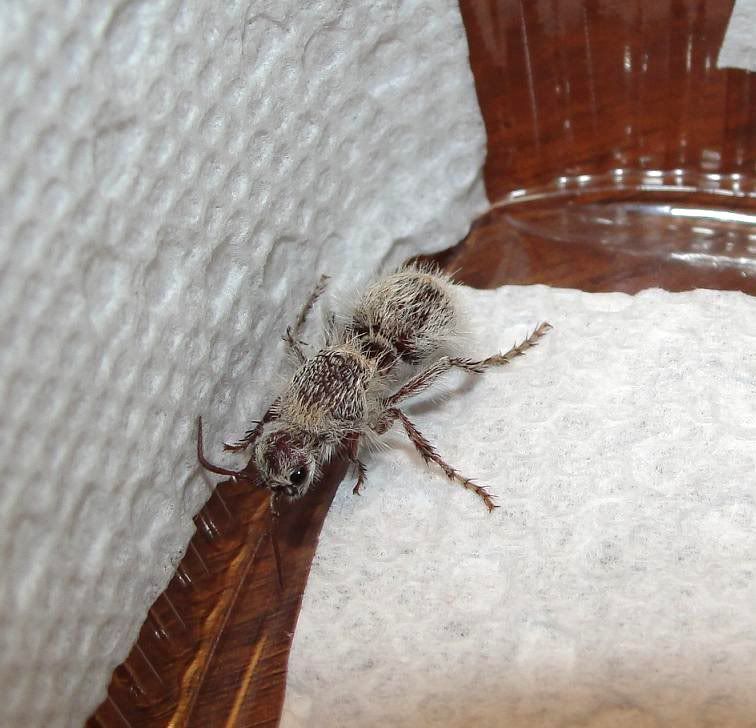
Well there was a reason to celebrate so I had a good meal that day.


Lot more pics to post on that day....... stay tune!